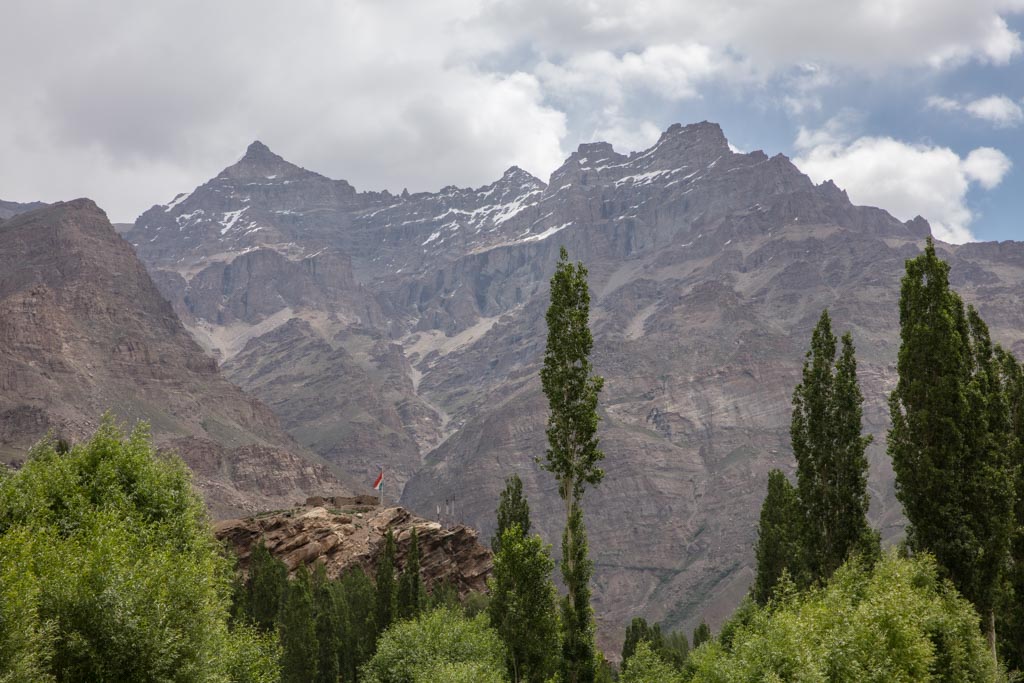
A Guide to the Shokhdara Valley, Tajikistan
Updated January 2024, A Guide to the Shokhdara Valley, Tajikistan was originally published in February 2022
Finally, in the summer of 2021, I was able to traverse the Shokhdara Valley, which had long been on my to-do list for the Pamir Mountains. Shokhdara is considered to be one of Tajikistan’s ‘Great Valleys’ and sits sandwiched between the popular Wakhan Valley and the more northerly Gunt Valley- that the true M41 (Pamir Highway) cuts through.
While there is the odd shared taxi that plies the route beyond the district center of Roshtqala, the easiest and most efficient way to travel the Shokhdara Valley is by hiring a 4WD from Khorog.
I opted for a road trip from Khorog to Jawshanguz with my friend Alishoh to drop me there to begin the trek to Tarumtaykul and Jelondy. For most travelers, I would recommend combining the Shokhara Valley and Wakhan Valley as a loop trip.
The length of the Shokhdara Valley itself from Khorog to Jawshanguz is about 150 km.
The road between Khorog and Rosghtqala is mostly in good condition but beyond Roshtqala expect it to get quite bumpy, to turn into rough jeep tracks toward Jawshanguz.
In our case, the car kept overheating, so we had to stop frequently to slosh water over the radiator to keep on going (a typical Tajik adventure, really).
There are heaps of things to do in the Shokhdara Valley, in fact, enough that could keep you occupied for weeks on end as the valley is little-visited but boasts a string of historical fortresses and castles that form a defensive series, verdant villages, and plenty of hiking.
Not to worry if you only have a short amount of time- getting an early start from Khorog in the morning, you can make it to Jawshanguz by early evening.
Start here: The Tajikistan Travel Guide
Don’t forget to grab A copy of Bradt’s Tajikistan Guidebook before you go
Need Travel Insurance and Evacuation Services for Tajikistan?
Start shopping for travel insurance plans over at IATI Insurance. Readers of the Adventures of Nicole get a 5% discount off your plan.
The Adventures of Nicole partners with Global Rescue to offer the world’s leading medical evacuation and security advisory services. To travel with peace of mind, shop evacuation coverage at Global Rescue.
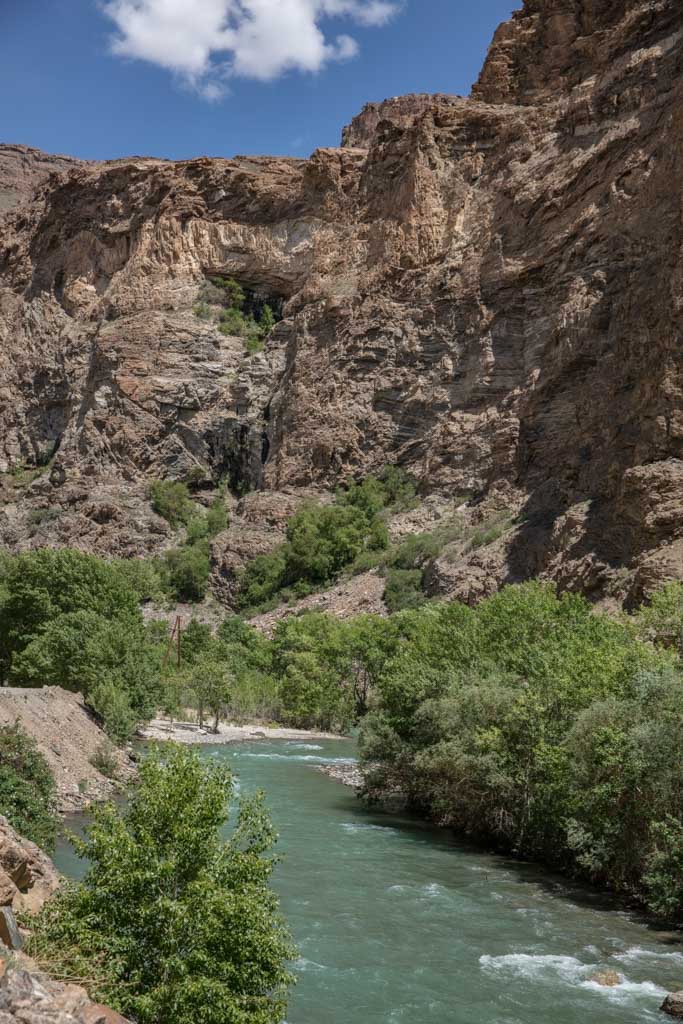
Things to do in the Shokhdara Valley
Khichikh
About 10 kilometers outside of Khorog, as you begin your journey into the Shokhdara Valley, you’ll reach the turn for the village of Khichikh. The village of Khichikh is located about 750 meters west of the road and the main attraction it boasts is the Shoh Burhon Shrine.
Shoh Burhon Vali would have arrived in Tajikistan’s Pamir in the 16th century, a leader of a major Sufi order.
Shuvjev
Like Khichikh, Shuvjev is also located off the main Khorog-Roshtqala Road, about 1 kilometer to the west. in Shuvjev, the Shrine to Khoja e Sabz Push can be found- though I couldn’t find much information about Khoja e Sabz Push aside from it being the name of a district in Mayama Province in Afghanistan, named after a village elder who was famous for always wearing the color green.
Khidorjiv
A bit further along the Shokhdara Valley, you’ll spot the village of Khidorjiv, which you can reach by taking a bridge across the Shokhdara River. The village is famed for its Shrine to Khoja Zur (the sister of Khoja Nur and its spring, widely regarded to have healing powers.
For those more intrepid, you can trek for two days to the village of Nishusp in neighboring Wakhan Valley.
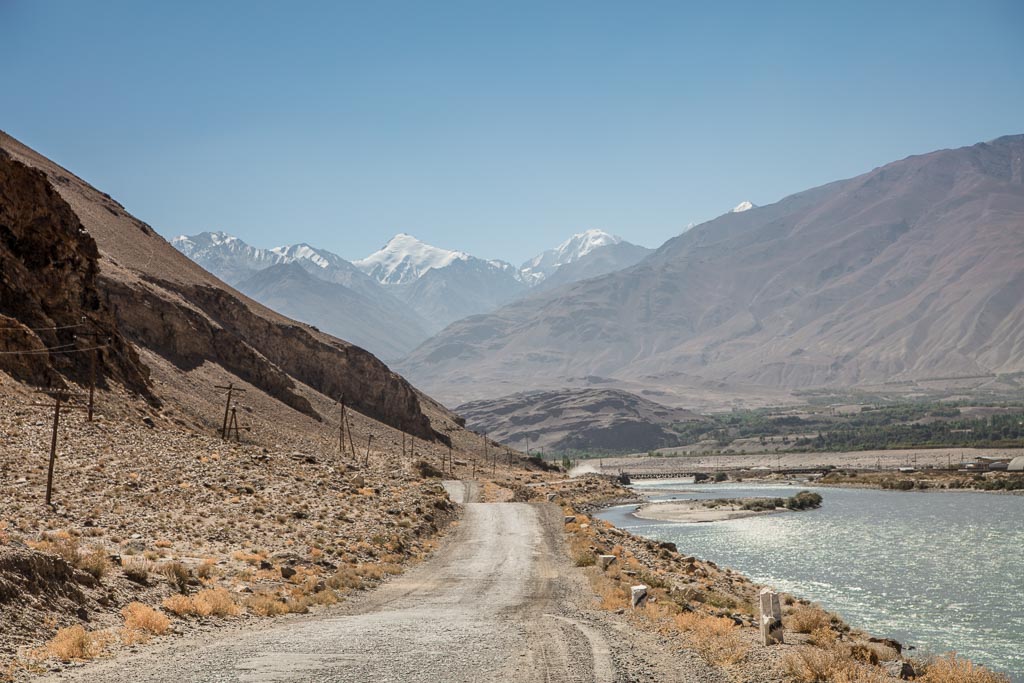
Tavdem
The next village along the route is Tavdem, which is home to a shrine to the grandson of previously mentioned Shoh Burhon, the Shrine to Sayyed Jalol Bukhari. Despite his surname, it’s not widely thought that Sayyed Jalol Bukhari actually came from Bukhara, Uzbekistan.
In the 1990s an octagonal exterior addition was added to the Shrine of Sayyed Jalol Bukhari to protect it.
Tusion
A little over a kilometer beyond Tavdem, cross a bridge over the Shokhdara River and follow the rough road that winds high above the valley floor to reach the splendid village of Tusion, offering sweeping views of the Shokhdara Valley below. Tusion is an attractive village itself, with lush pastures and rocky walls.
From Tusion it’s possible to trek for a couple of days to reach Nishusp Village in the Wakhan Valley.
Tusion also boasts a Shrine to Shoh Burhoni Vali, the same man who has a shrine dedicated to him in Khichikh.
Midensharv
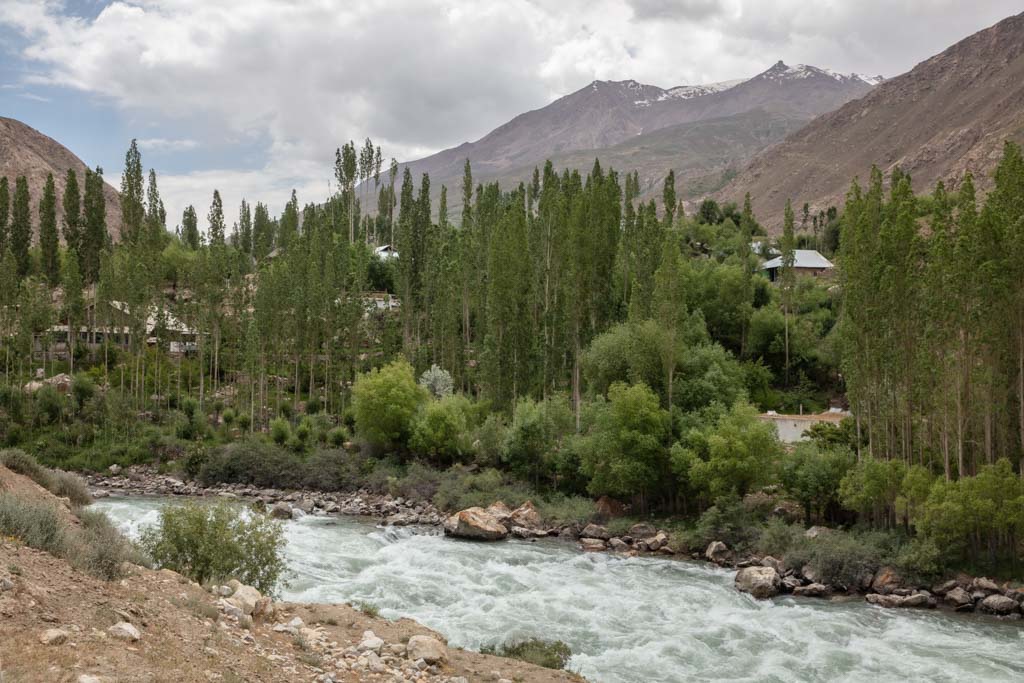
Midensharv is located off the north side of the Shokhdara Valley on a side valley cut by the Midensharv River. The main reason to stop off here is to visit the Shrine of Shoh Abdul.
Baroj
Baroj is located uphill from the floor of the Shokhdara Valley, along the side valley bisected by the Shoh Burhon Stream. Yet another Shrine to Shoh Burhon can be found in the village.
Roshtqala
Roshtqala is the district center and largest village in the Shokhdara Valley. A short hike uphill from the village will bring you to the site of the Roshtqala Fortress which gives the village its name.
The original Roshtqala Fortress would have been constructed somewhere in the 9th or 10th centuries, serving as the capital of Shughnan. The castle earned its name due to a legend surrounding the defeat of the King of Shughnan by an Afghan rival, sending blood flowing throughout the area. Unfortunately, the original fortress was destroyed and all that really remains are random stones that have been used to build a shepherding house.
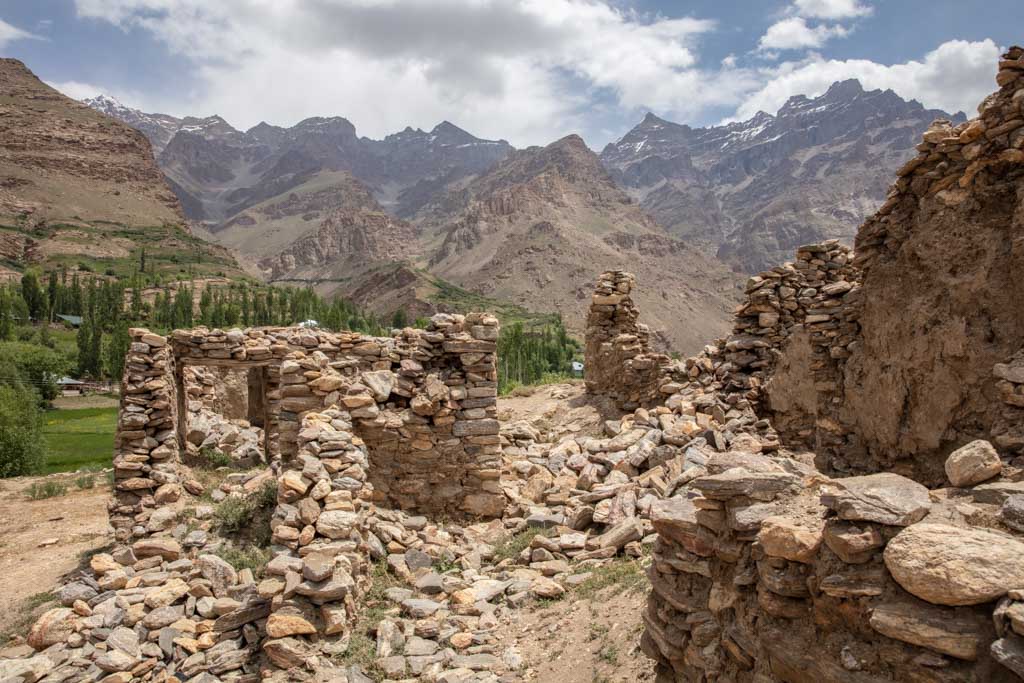
Not far from the ruins of the Roshtqala Castle is the Remains of a Shrine to Pir Yakhsuz. Pir Yakhsuz was a famous hero, known for freeing the people of Roshtqala Valley from a looming glacier- subsequently, Yakhsuz means ice-flame in the Tajik language.
A similar character has a shrine dedicated to him in the lower village, a man named Bobomafil, who was known to be able to melt ice and snow with his powers. So the locals built a Shrine to Bobomafil to commemorate the legend.
Roshtqala is the main transit hub of the Shokhdara Valley so you can easily find shared taxis to Khorog. Less frequently further up the valley but if you’re patient you can find one. Expect prices ranging from 10 TJS for close destinations and up to 50-80 TJS to the more distant villages of Rubot or Jawshanguz.
If you hire your own transport, expect a price of 800 TJS between Jawshanguz or Rubot and Khorog, and 600 TJS for a car from Jawshanguz and Roshtqala.
Anbav
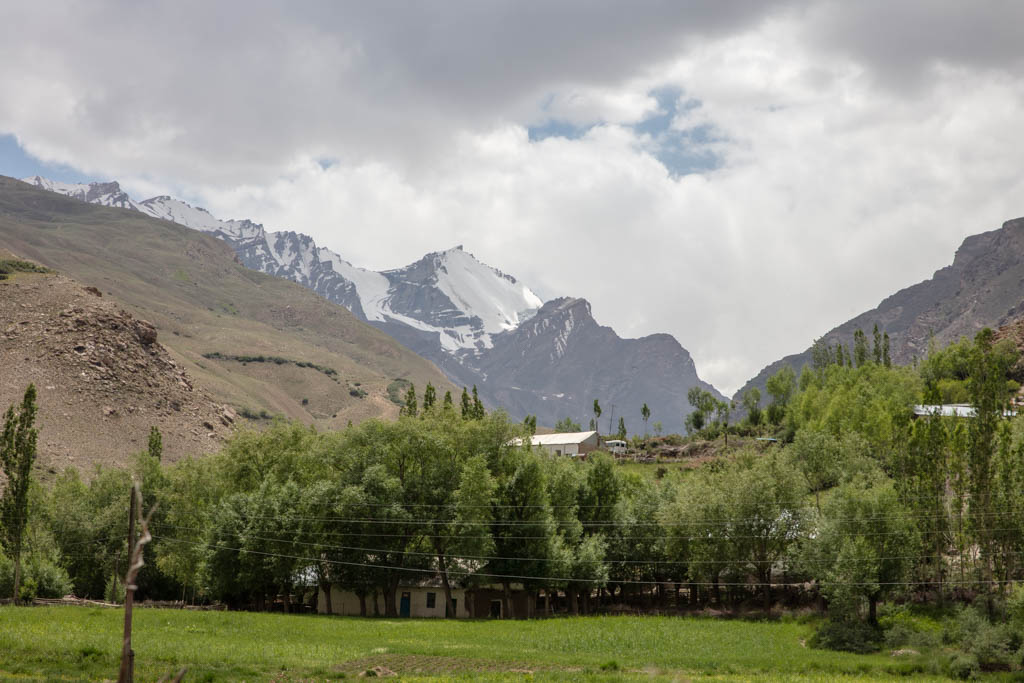
Further on is the village of Anbav, the gateway to Vezdara where it’s possible to start a couple of treks from. The only site in Anbav to check out is the Shrine to Chilton i Pok.
Vezdara
Vezdara serves as a great jumping-off point (or ending point) for the trek over Vezdara Pass to Tusion.
The trek to Tusion goes up and over 4,750 meter Vezdara Pass and will take about four days to complete the strenuous hike.
Bidiz and Shavoz
Bidiz’s claim to fame is a Shrine to Pir Fokhmahmud that is built next to an alleged 1,000 year old willow tree. Pir Fokhmamud was a saint over all the hot springs in Shokhdara and Wakhan Valleys.
Another reason that brings people to Bidez and neighboring Shavoz is the treks to Darshaidavan in the Wakhan Valley and the hike to Upper Garm Chashma (also in the Wakhan Valley).
The trek to the Upper Garm Chashma Valley can be done from either Bidiz or Shavoz, though taking slightly different routes but meeting a bit over halfway. One upside to the Garm Chasma trek is that you can go for a soak in the hot spring when you’re finished.
The trek to Darshaidavan is started from Shavoz and follows the course of the Badomdara River to 4,960 meter Darshaidavan Pass. The Shavoz-Darshaidavan hike is no small undertaking either, requiring river crossings, route finding, challenging glacier crossings, and takes about six days to complete.
Badom
In Badom the Shrine to Khoja Nur is the main attraction, the sister of Khoja Zur who has a shrine in Khidorjiv. Also found in Badom is a Shrine to
Sumbi Duldul (Ali’s Horse).
In Barwoz, located uphill from Badom is another Shrine to Pir Fokhmamud.
As you continue on from Bidiz, Shavoz, and Bodom, the Shokhdara Valley narrows into a gorgeous canyon whose floor is dotted with a large forest, before arriving in the village of Sindev.
Sindev
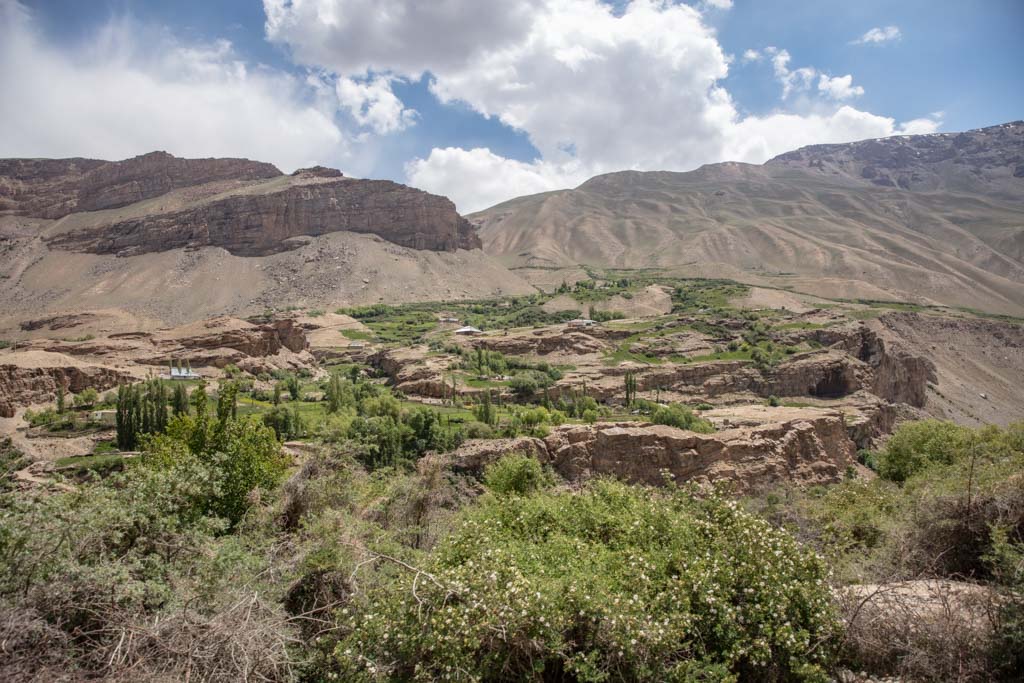
Just beyond the forested canyon, you’ll pass through Sindev, home to the site of the ruined Kafirqala Castle. Kafirqala predates the arrival of Islam, hence the name. The stones from the castle were later used to build the home of Azizkhan, the final ruler of Shughnan who was executed.
Shoh Khirizm
About one kilometer beyond Sindev, you’ll pass the village of Shoh Khirizm (named after a man of the same sobriquet) where I’d recommend stopping off to take in the beautiful views of the canyon below you in the Shokhdara Valley. Shoh Khirizm also features a Shrine to Shoh Khirizm you may want to check out.
Following the Chandindara River about two kilometers from Shoh Khirizm, a trek begins along the Chandindara Valley that will bring hikers to the lake of Oykul. The trek returns to Shoh Khirizm and takes about 3 days in total.
Sizhd
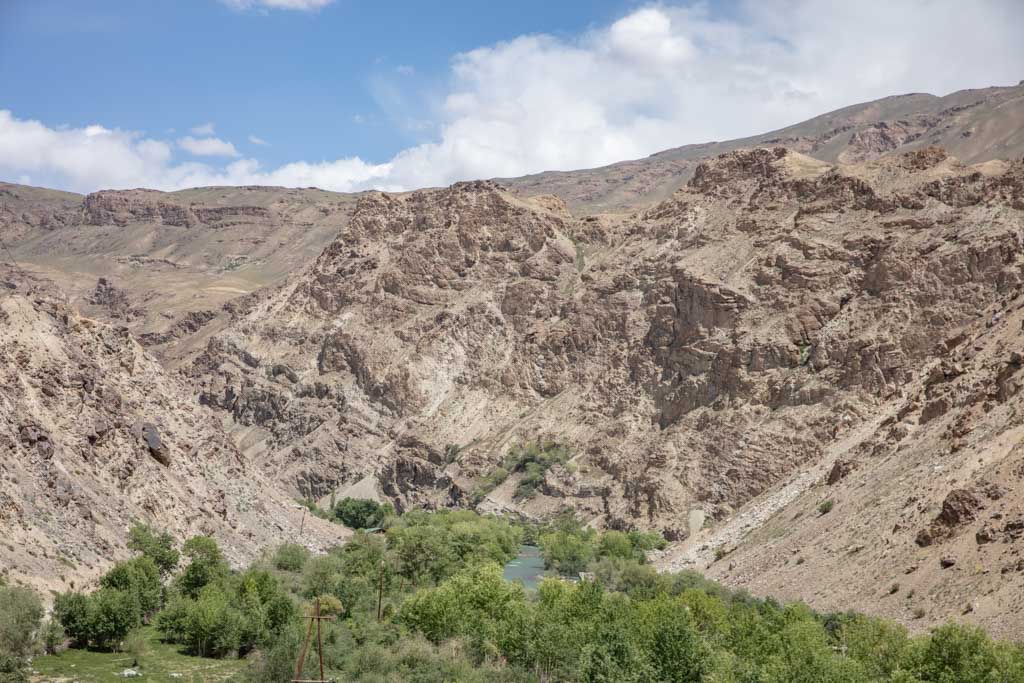
Sizhd serves as the jumping-off point for the trek to Dirumkul Lake. The road headed toward Dirumkul from Sizhd is rough and depending on its condition you may need to walk in from the village of Sizhd (about 9.5 kilometers each way). Enquire in Sizhd about the road condition.
Sizhd is also home to three shrines, the Shrine to Vordjbid (also called Mazar Bobo Abdul), the Shrine to Shoh i Wiloyat, and the Qadamgah.
Nimos
Nimos boasts another Shrine to Shoh Abdul which features two caves the Imam Mohammed Bakir allegedly took refuge in. Although the village can serve as a start or end to the difficult trek to the village of Rivak in the Gunt Valley. The trek requires crossing 5,000 meter Yurievskii Pass, which is many times impassible due to vertical snow and ice.
You can read and see photos of a well-documented and unsuccessful attempt to do the Rivak to Nimos Hike here (spoiler alert, it was Yurievskii Pass that did them in).
Shoshbuvad
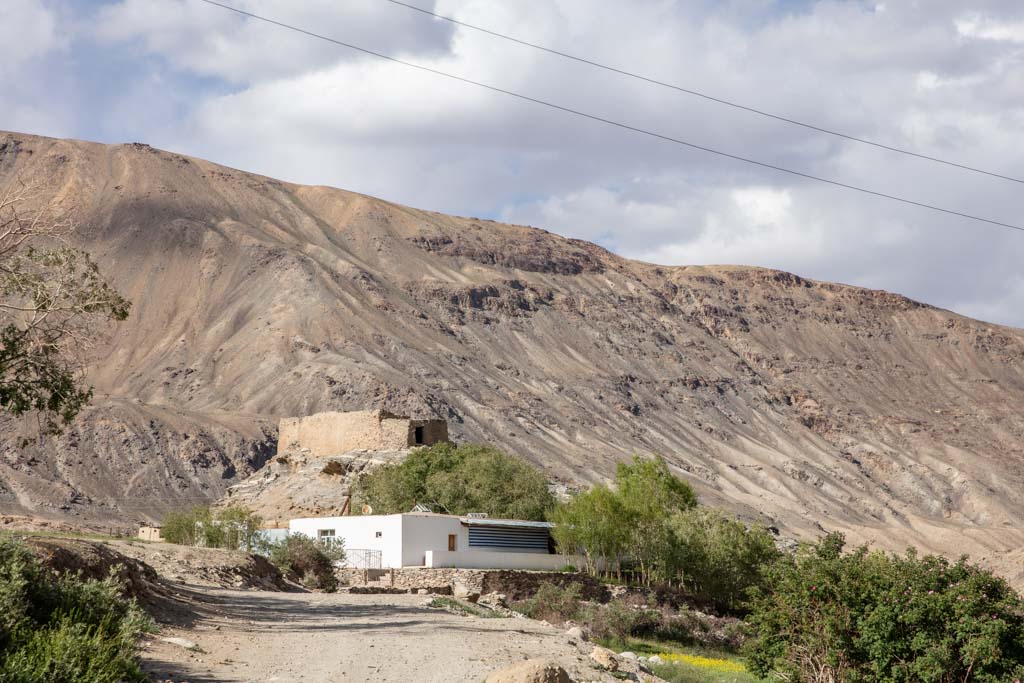
The village of Shoshbuvad is a scattering of homes along the Shokhdara River, though they get few visitors so people are very inviting- so this can be a good destination to post up for a day or two to get a taste of rural life in Shokhdara. Toward the middle of the village, the 8th century Shoshbuvad Fortress is impossible to miss, though it does just look like an unfinished village home.
Rubot
The main reason to go to Rubot is to start (or end) the challenging trek over 5,067 meter Vrang Pass to the Wakhan Valley. The hike will take about four days to complete.
Beyond Rubot the Shokhdara Road climbs up onto the Jawshagouz Plateau for epic views of both 6,510 meter Pik Engles and 6,723 meter Peak Karl Marx.
Note that there are bears active in these parts! In July 2023 on a return trip to the Shokhdara Valley to take on the hike over Vrang Pass I was mauled by a bear while sleeping in my tent not far from the shepherding camp just below Vrang Lakes (I luckily only suffered minor injuries considering the situation, my tent in need of some stitching up). I was solo camping, so would advise to consider going with a few others to hopefully avoid a situation.
Diruj
As you first enter the Jawshanguz Plain, you’ll pass by the Diruj Castle in the middle of the grassy green valley (also called Jawshunqala). Diruj Castle is thought to date back to the Kushan era, approximately in the 2nd or 3rd century.
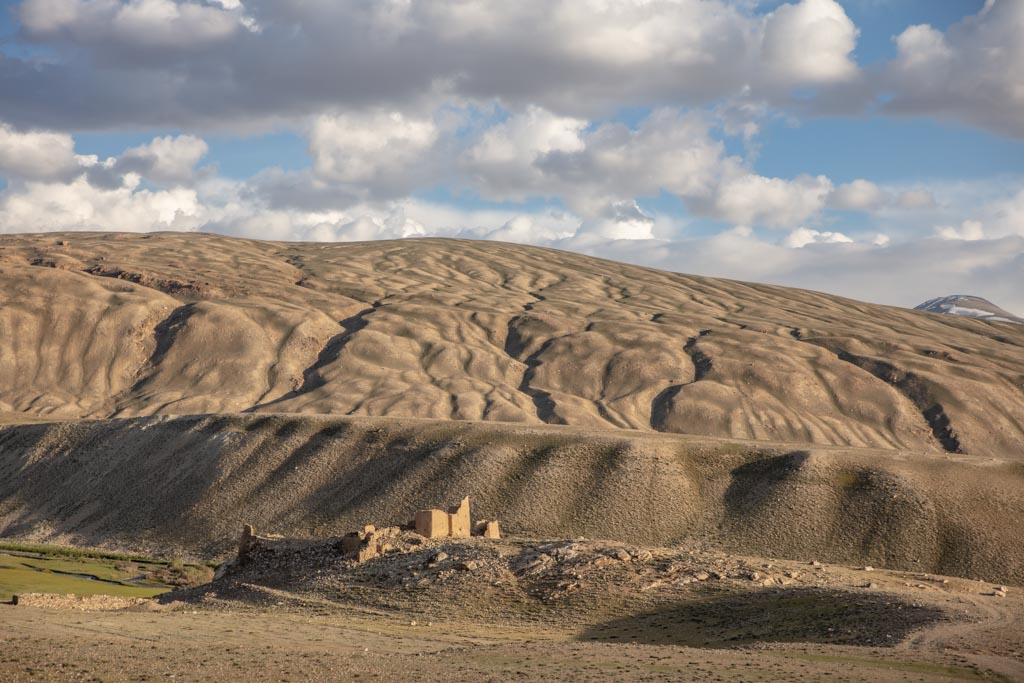
Next to the castle is the Diruj Hot Springs, worthy of a soak after the rattling ride up to the Jawshanguz Plains.
From Diruj there is a trek over Duzakhdara Pass to Gunt Valley at Mayonakuh. The trek starts along the Soktosh River, eventually bending to follow the course of the Duzakdhara River to the Gunt River.
Yuzhbokh
Yuzhbokh is very close to Diruj and is home to a series of ancient bronze-age graves.
Jawshanguz
Jawshanguz is pretty much the far end of the Shokhdara Valley and is a long stretched-out scattering of village homes. Most people who live in Jawshanguz raise livestock and are quite welcoming.
When Alishoh and I arrived in Jawshanguz, we were quickly swept up by a local family who set up rooms in their home to stay in (I’d recommend leaving at least 100 TJS per person when staying with a local family to offset the cost of your meals and to help bring income into these rural areas).
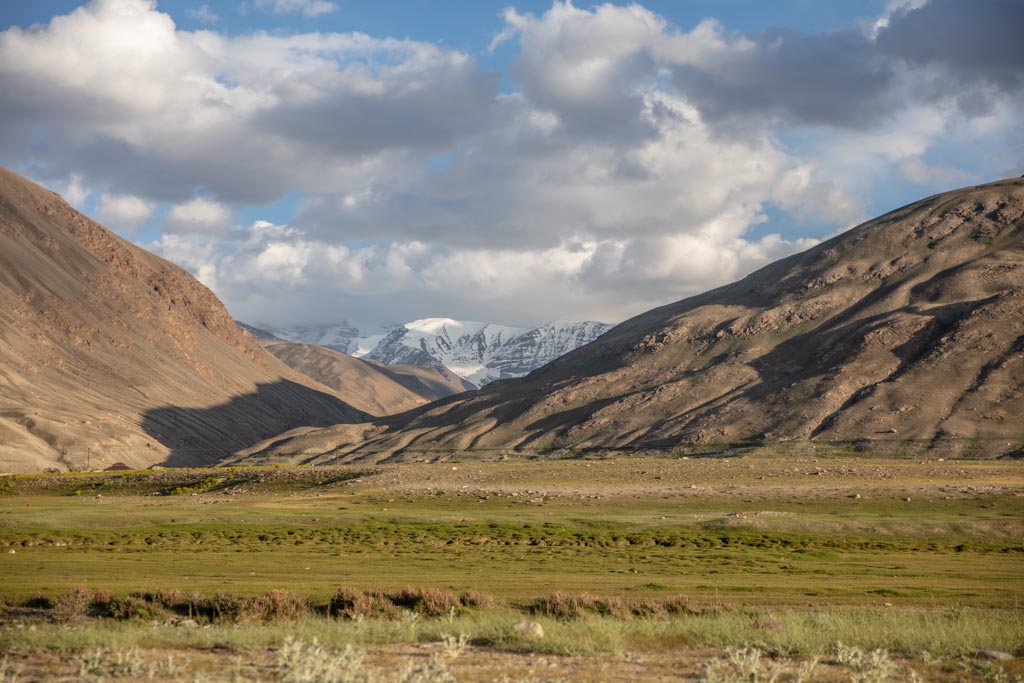
My ultimate plan from Jawshanguz was to hike up to Tayrumtaikul Lakes and then down to Jelondy in the Gunt Valley before hitchhiking to Koitezek Pass to begin the climb up 5,700 meter Kyzyldong. When I went to leave the following morning, the family stopped me and told me that some local fishermen were driving their UAZ jeep up to Tayrumtaikul Lake for the day to catch foril (trout) and that they had already made arrangements for me to ride up with them.
I was looking forward to the hike, but the offer to take a Sunday ride up to the lake with a bunch of rowdy fishermen (and one fisherwoman) was too good to refuse. I ended up spending the day set-netting with them on the Yuzhni Toguzbulok River in the Tayrumtaikul Meadows, swilling vodka and frying fish before they sent me on my way to Jelondy and the Gunt Valley on foot to get there just in time for sundown.
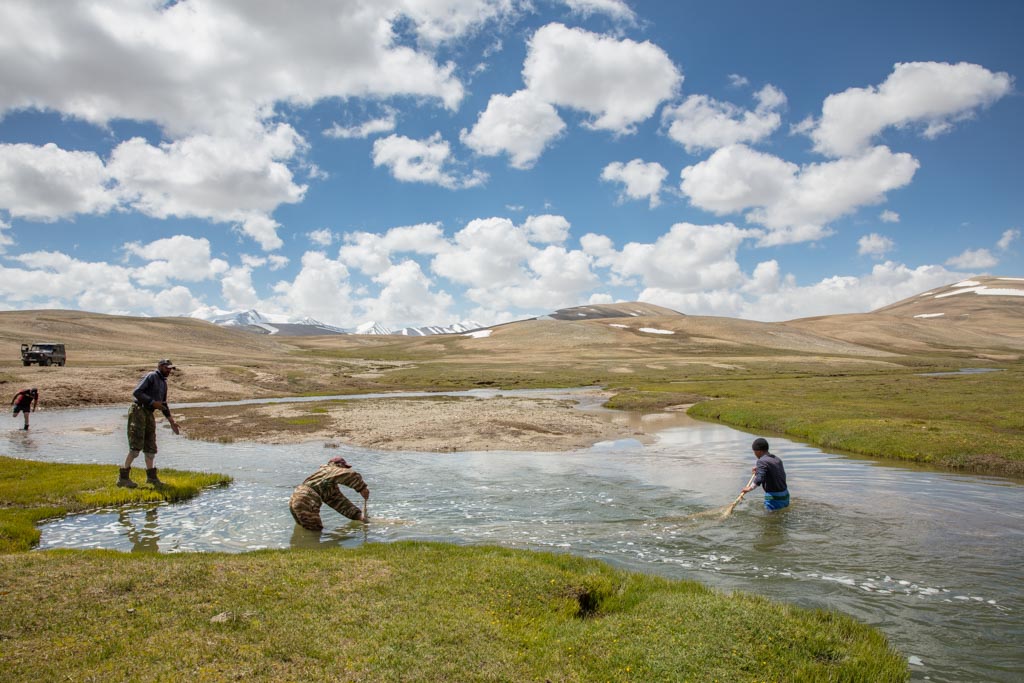
Another option to continue from Jawshanguz is to trek up and over Mats Pass to arrive on the Wakhan Valley Road halfway between Khargush Pass that leads up to the M41 and Ratm where you can continue down to Langar and eventually to Ishkashim.
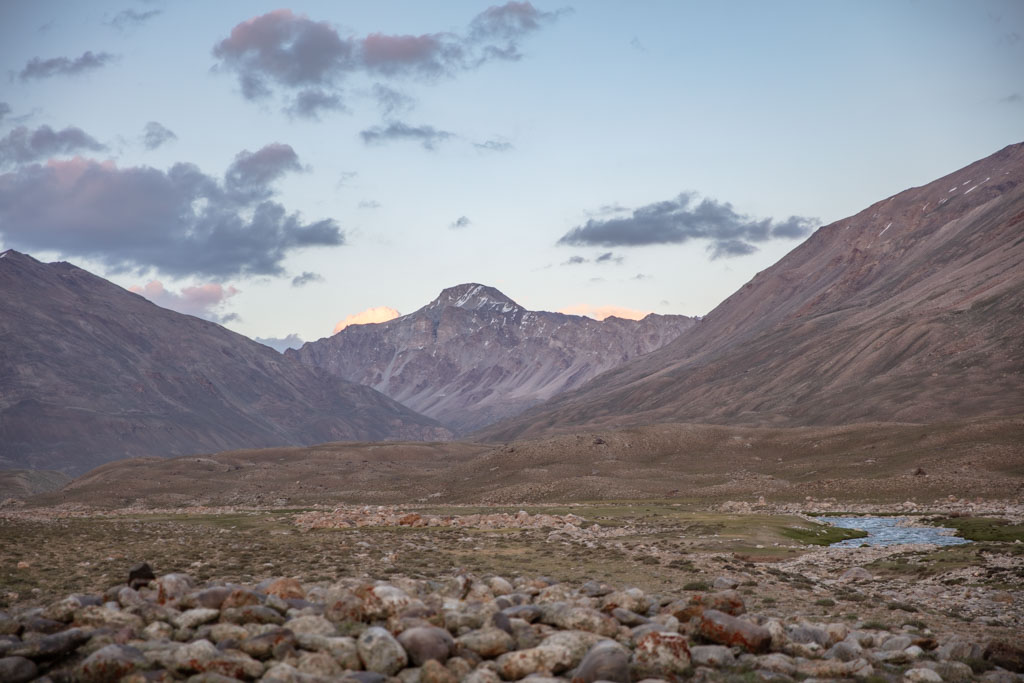
Everything you need to know: The Pamir Highway Travel Guide and the 10 day Pamir Highway Itinerary
Permits
You will need to have a GBAO permit to visit the Shokhdara Valley. You can apply for one along with your Tajik e-visa, or you can pick one up at the OVIR office in Dushanbe.
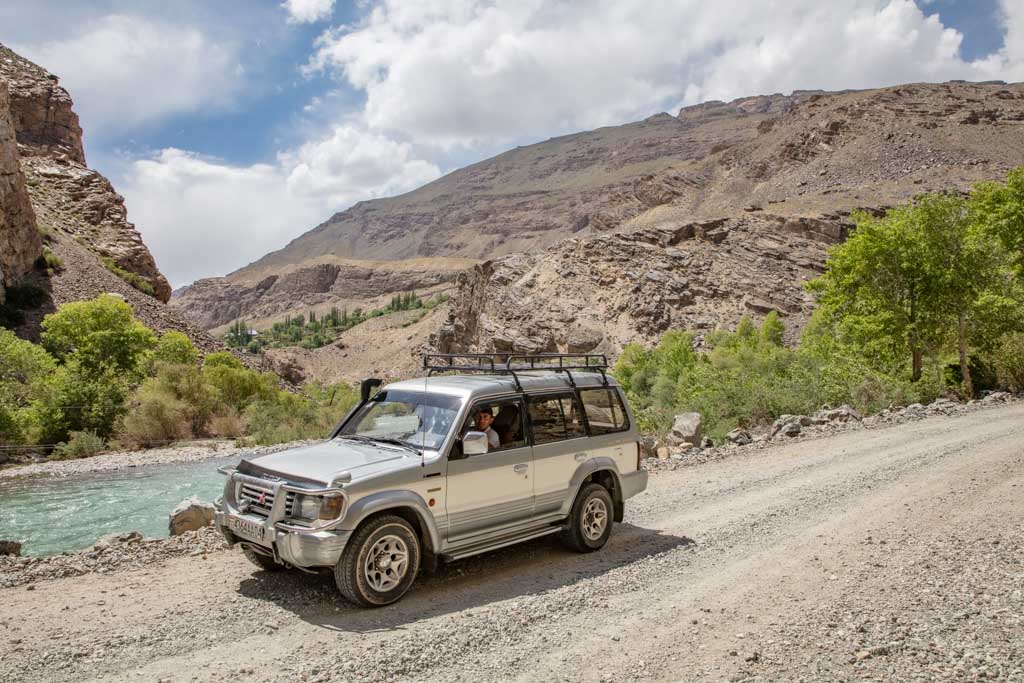
Getting to and Around the Shokhdara Valley
Tangems (small vans) and shared taxis make the journey between Khorog and Roshtqala (and back) for 20 TJS per seat. You can find the Tangem or a shared taxi in the Shokhdara shared taxi lot across the car bridge over the Gunt River in Khorog. Marshrutka #3 passes the lot, let the driver know you need to go to Shokhdara, and will understand.
Getting beyond Roshtqala can be a little challenging, but you can try to find a car from Khorog in the taxi lot. Otherwise, I’d recommend taking a tangem to Roshtqala and then trying to find onwards transport from there (also a challenge) or try your thumb at hitchhiking (we picked up several local hitchers on our way).
What to Pack for Shokhdara Valley
What you bring with you will vary widely depending on how long you plan to stay in the Shokhdara Valley and what you plan to do there. For those just traversing the valley by vehicle, you’ll likely just need warm clothing and snacks as your driver/guide will handle the rest.
If you’re planning on going more independently and doing some trekking you’ll want sturdy hiking boots, a tent, sleeping bag, sleeping mat, camp stove, Pamirs Map, Trekking in Tajikistan Guidebook, and any special equipment you may need in addition to food, clothing, etc.
Have any questions about visiting the Shokhdara Valley?
Ask in the comments section below.
More posts from Tajikistan:

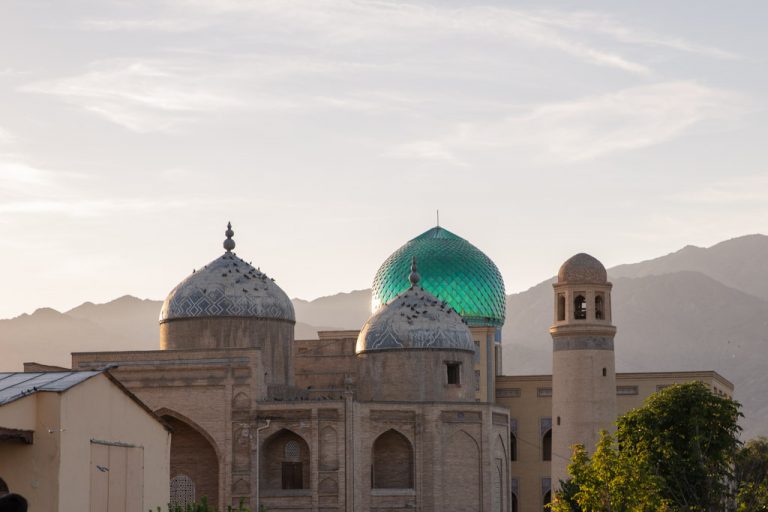
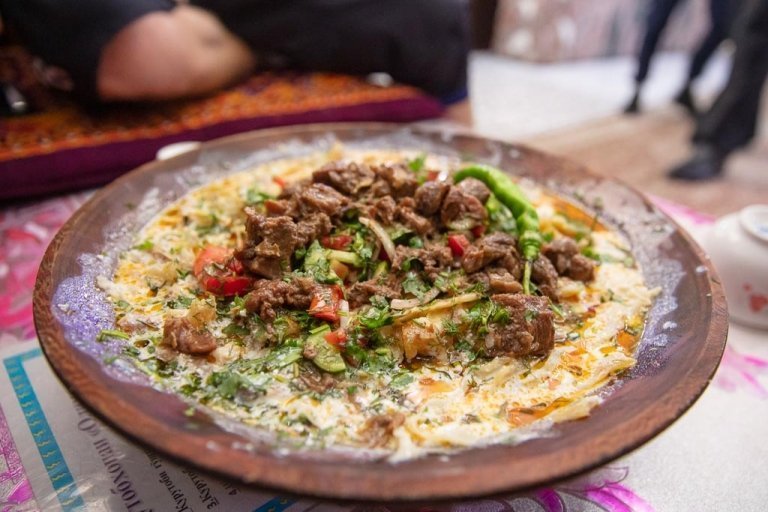
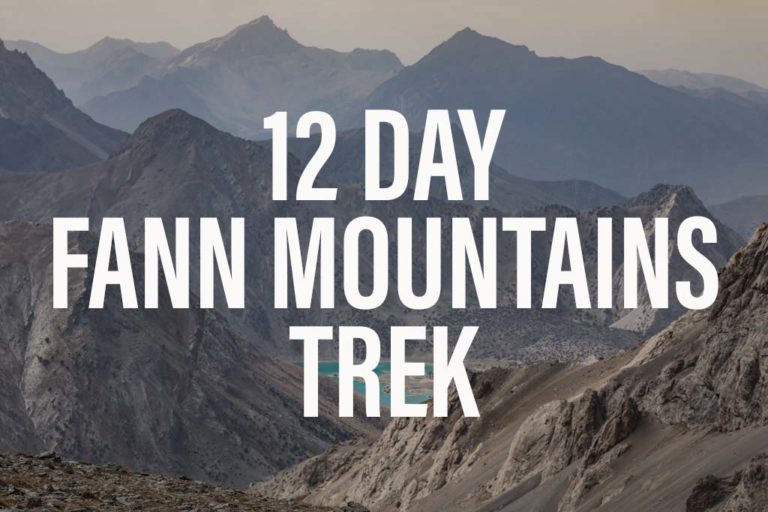
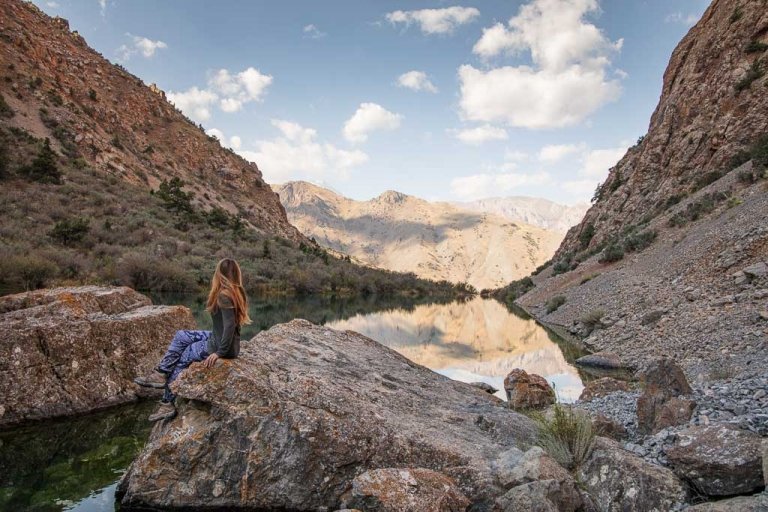
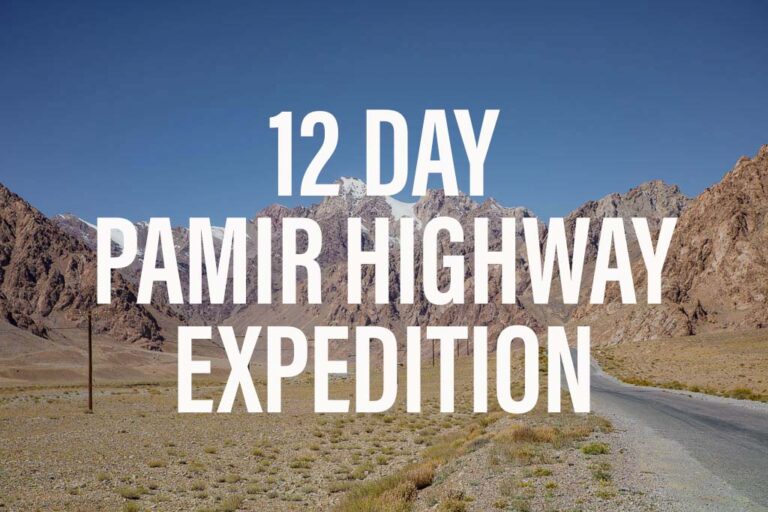
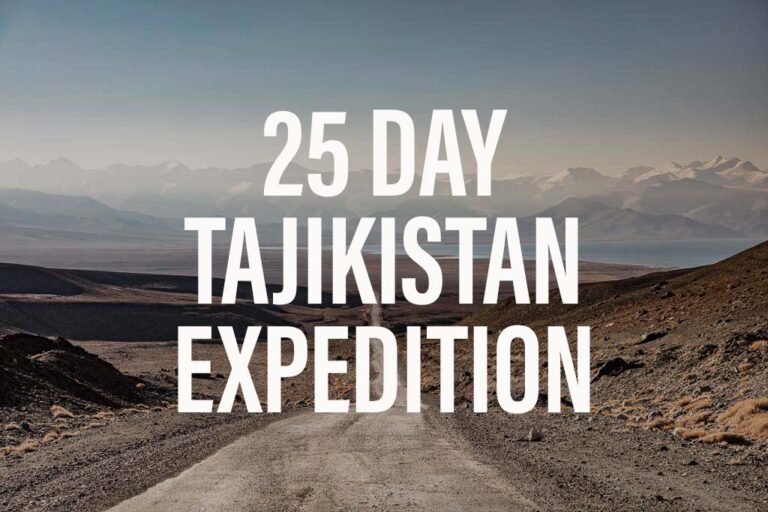
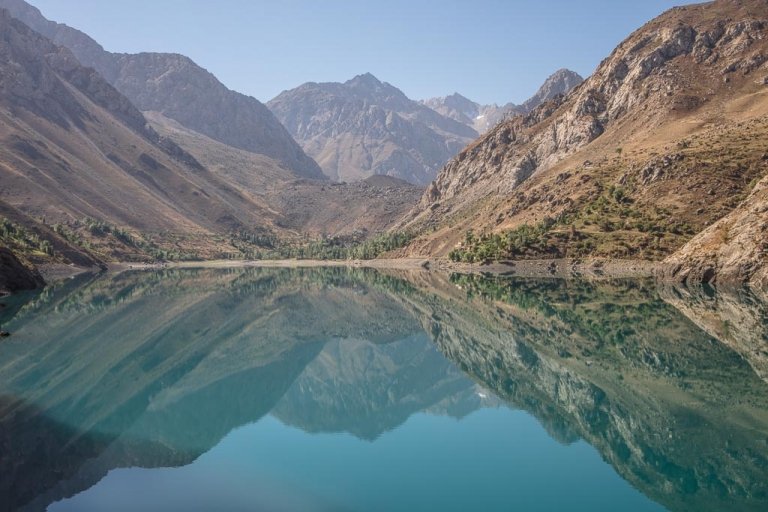
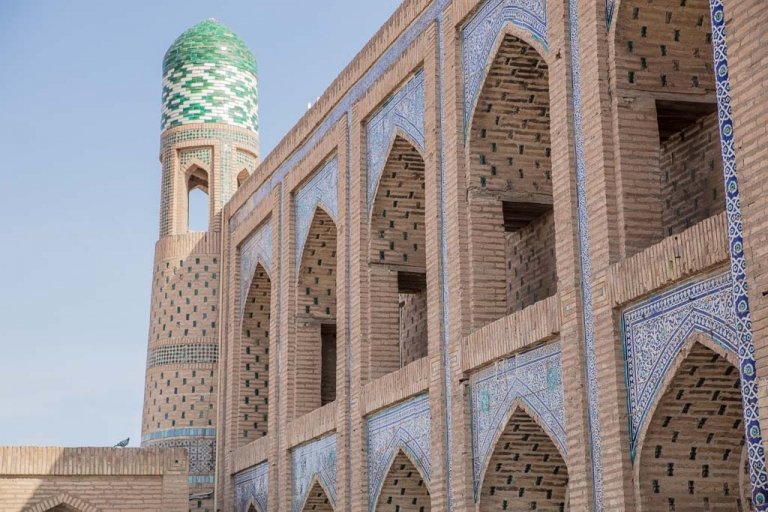
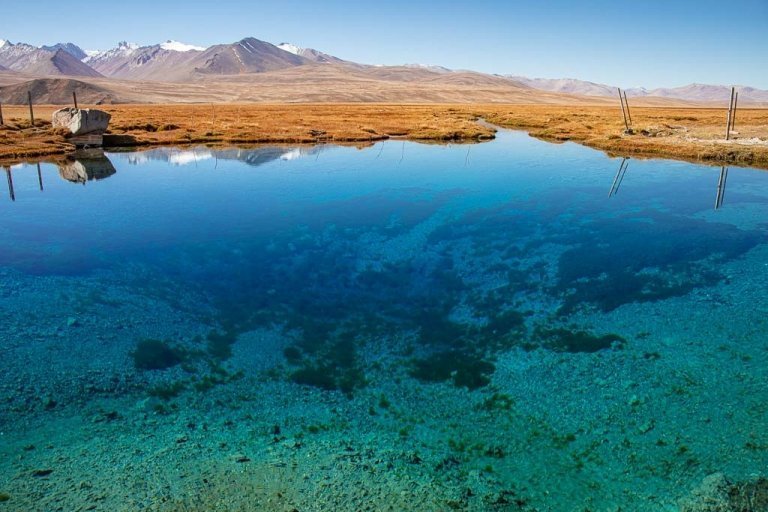
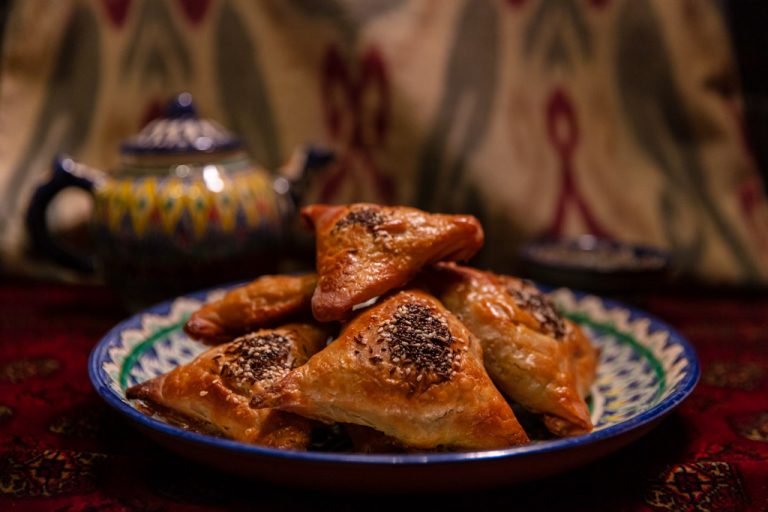
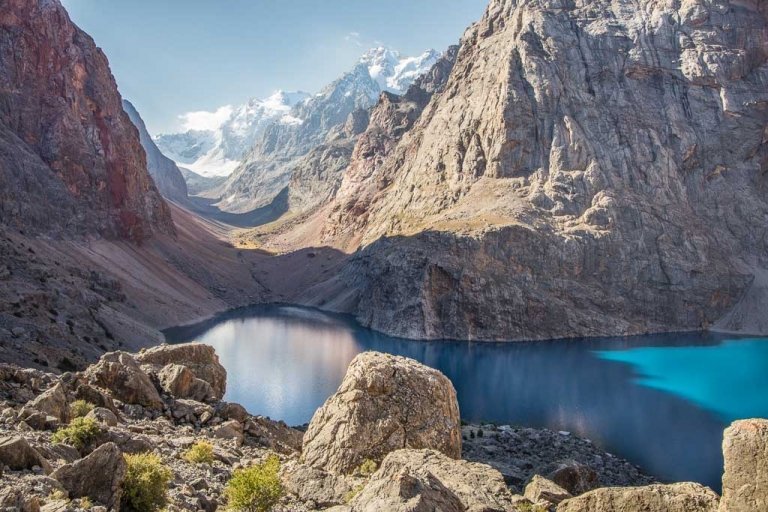
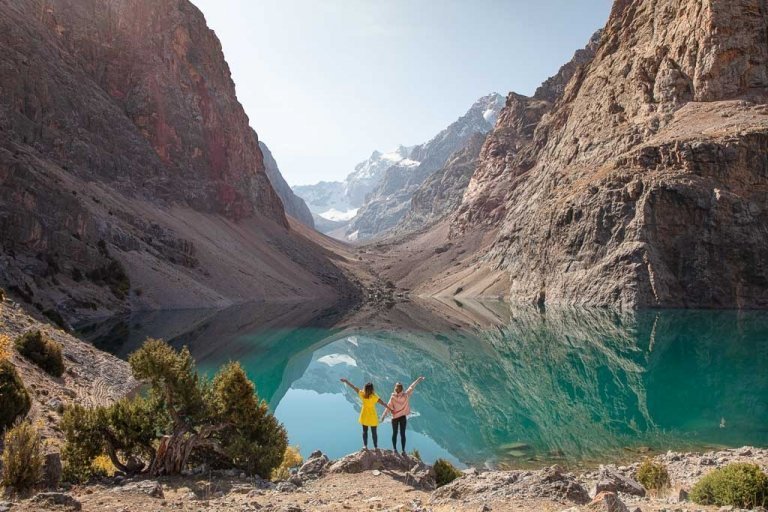
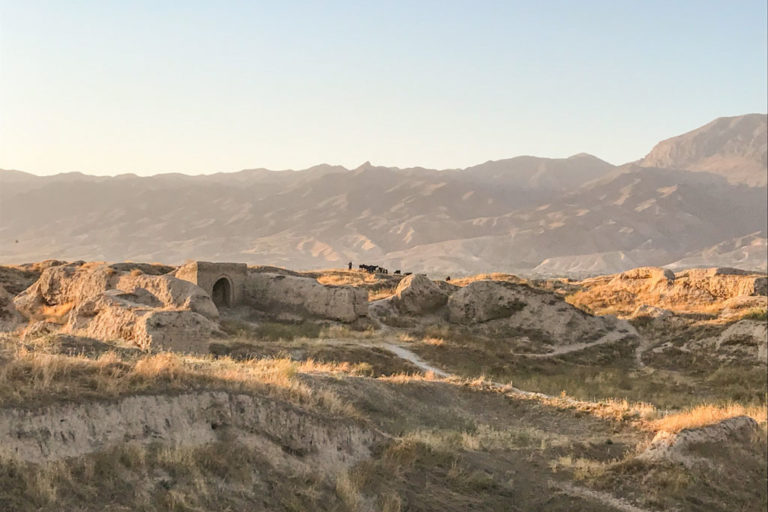
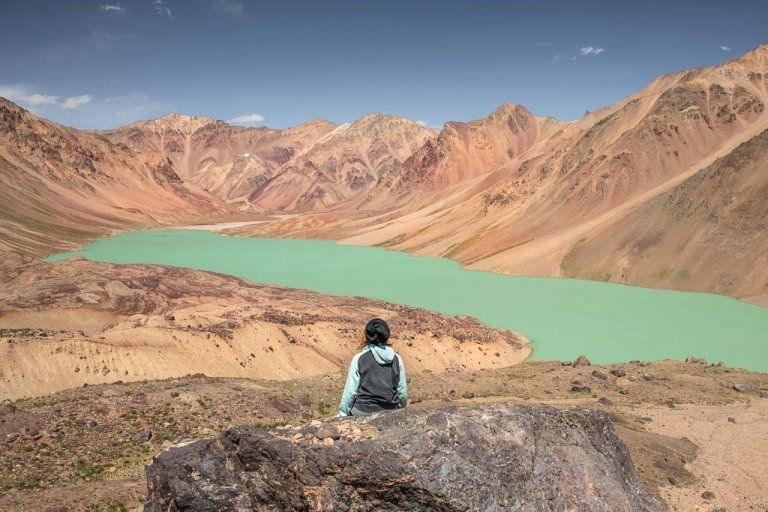
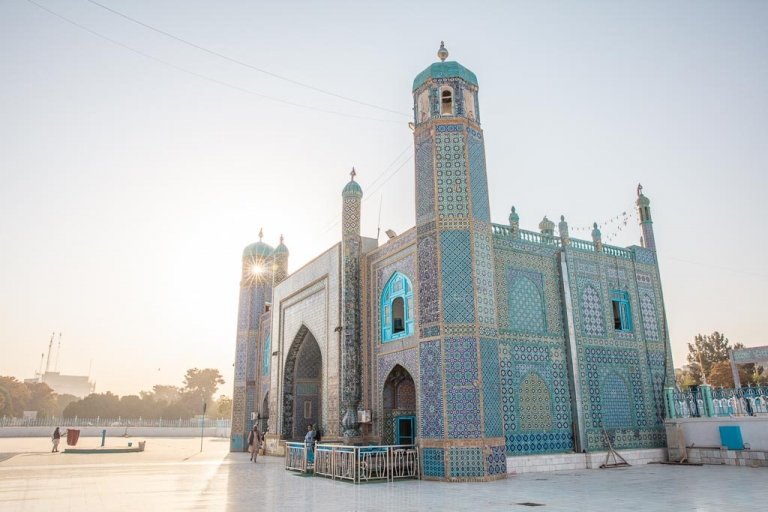
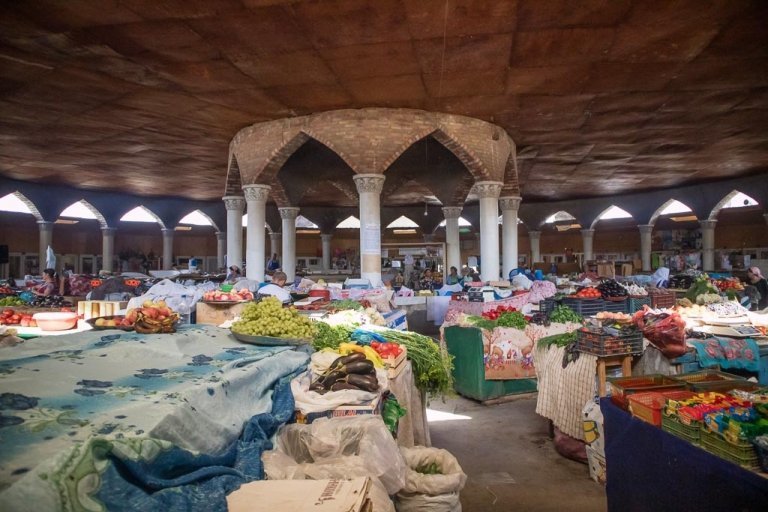
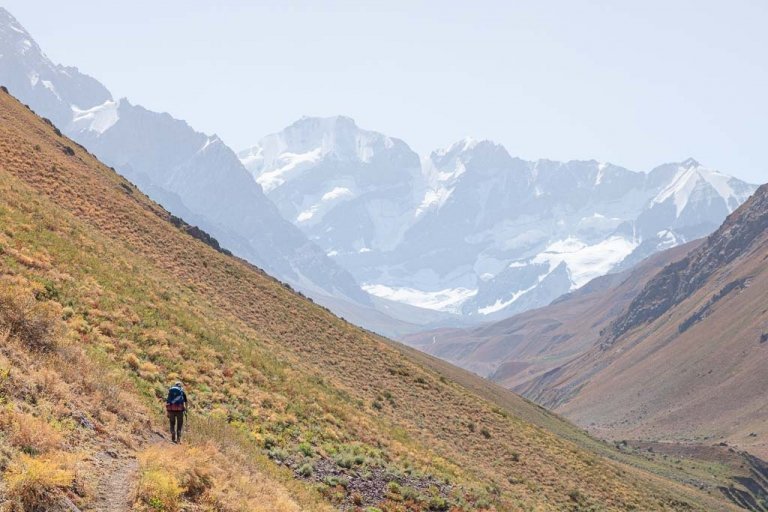
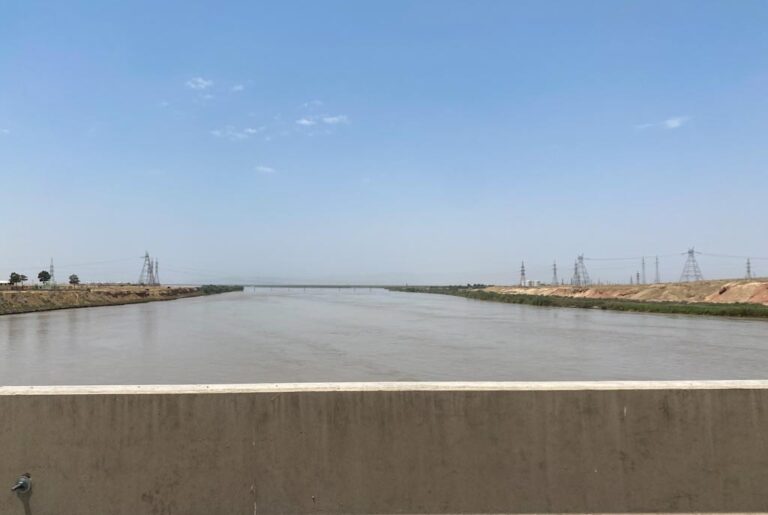
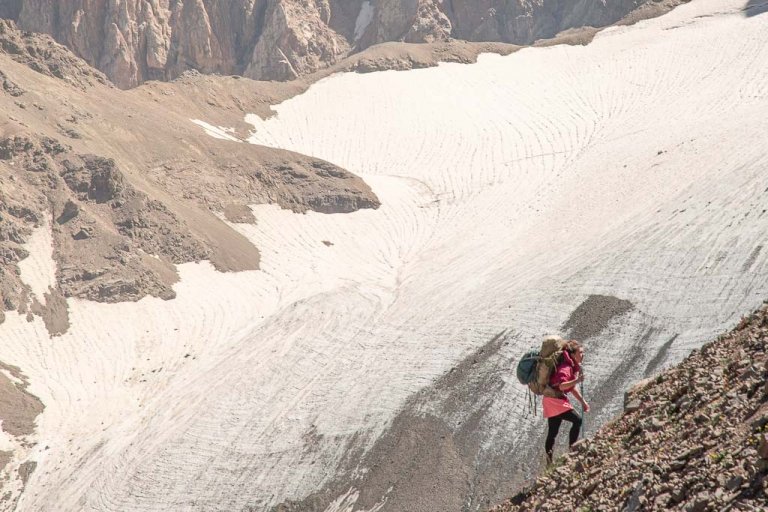
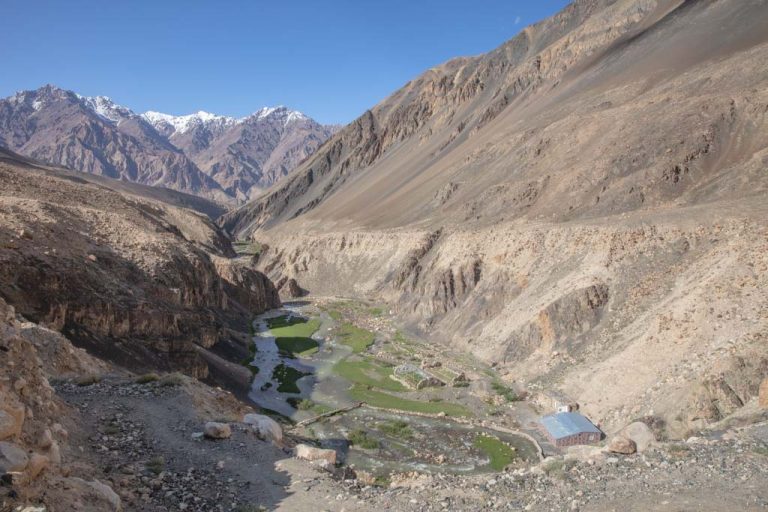
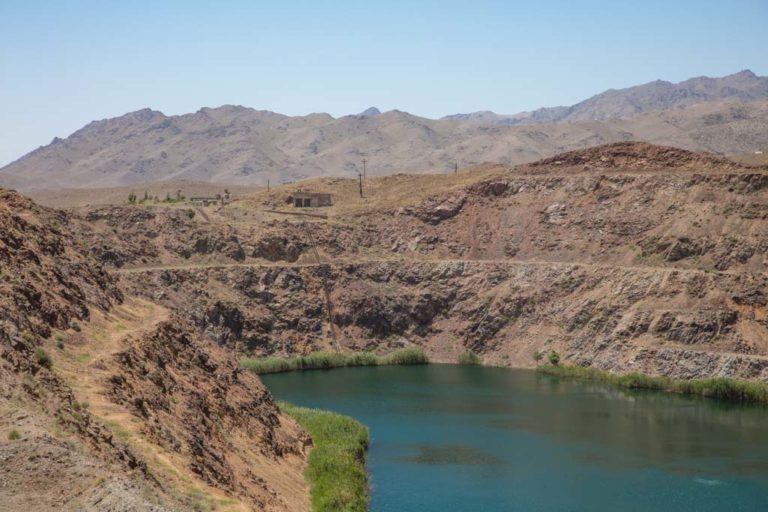
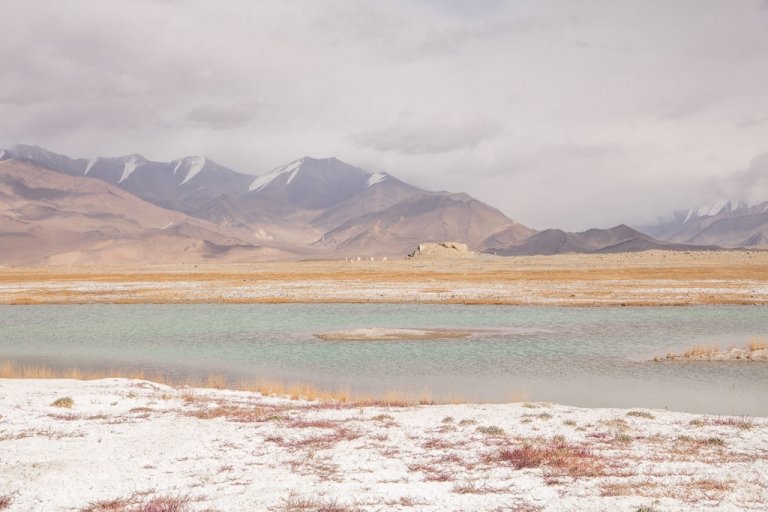
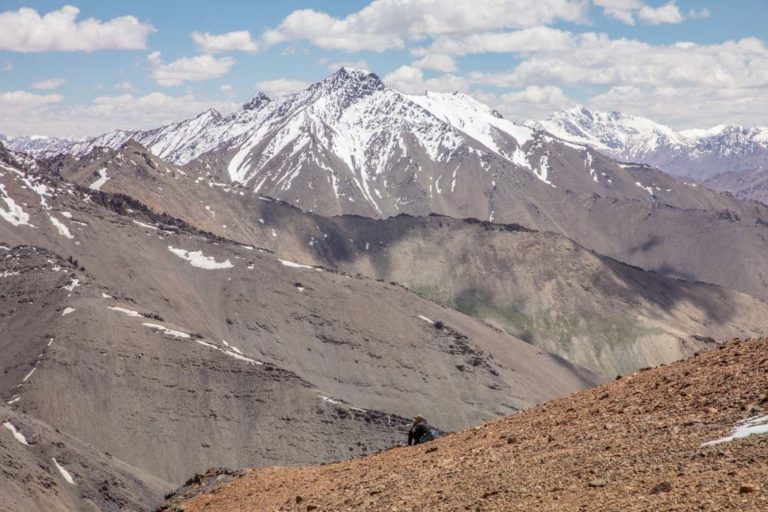
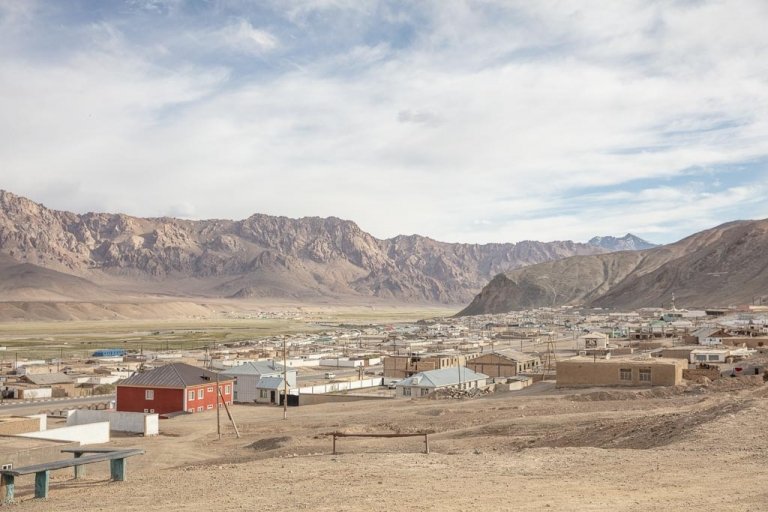
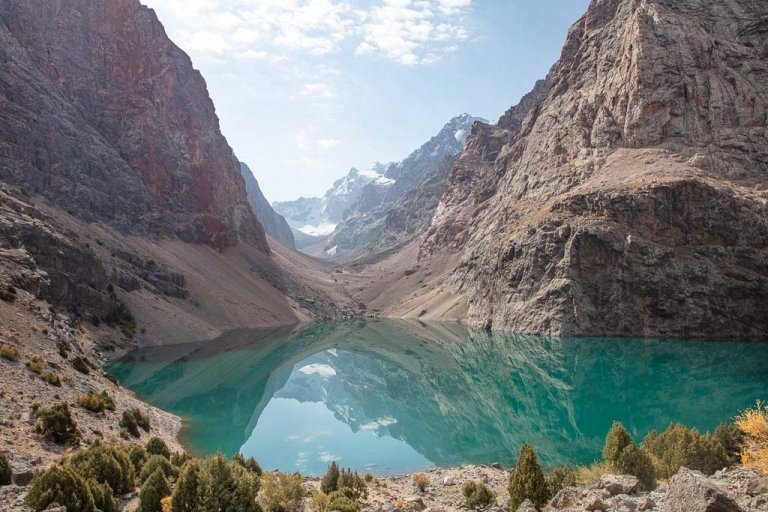
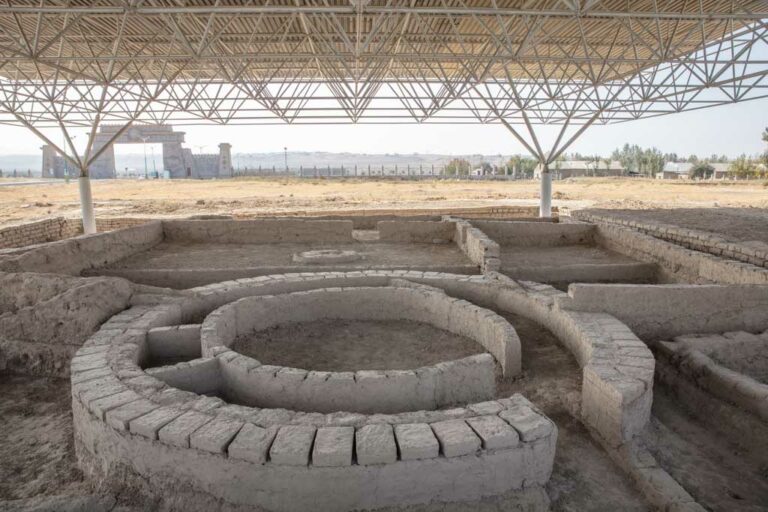
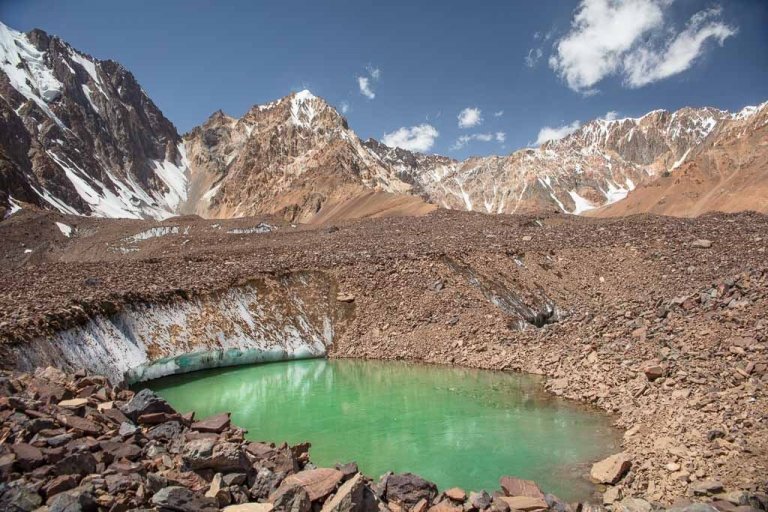
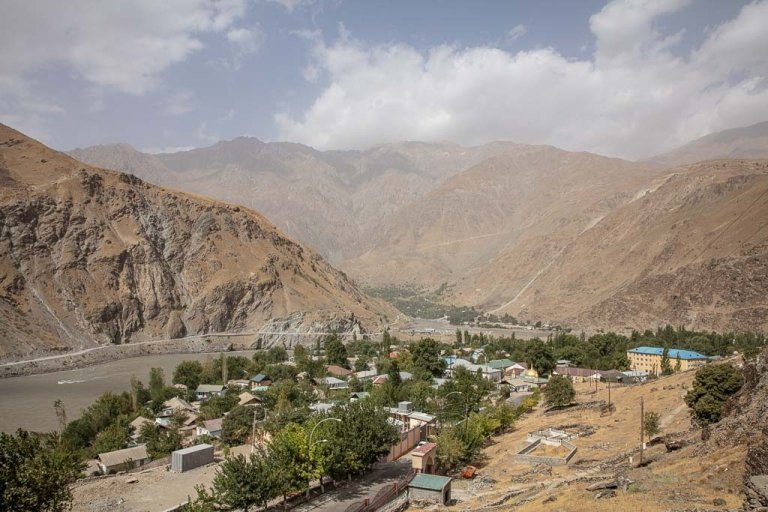
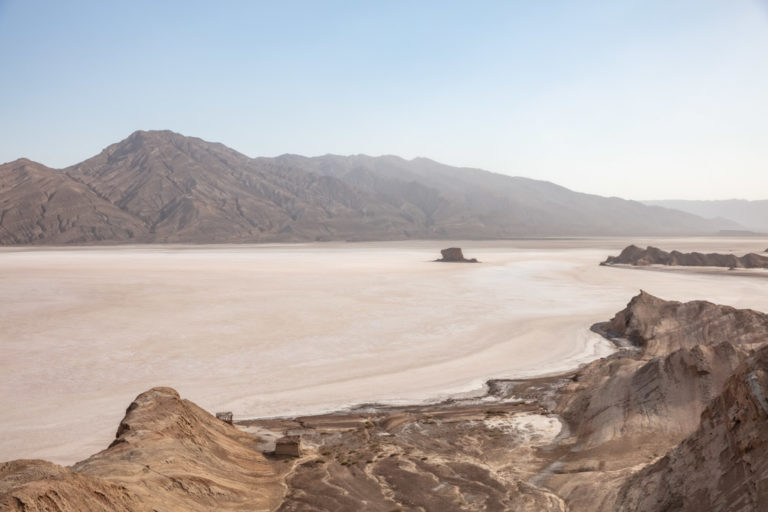
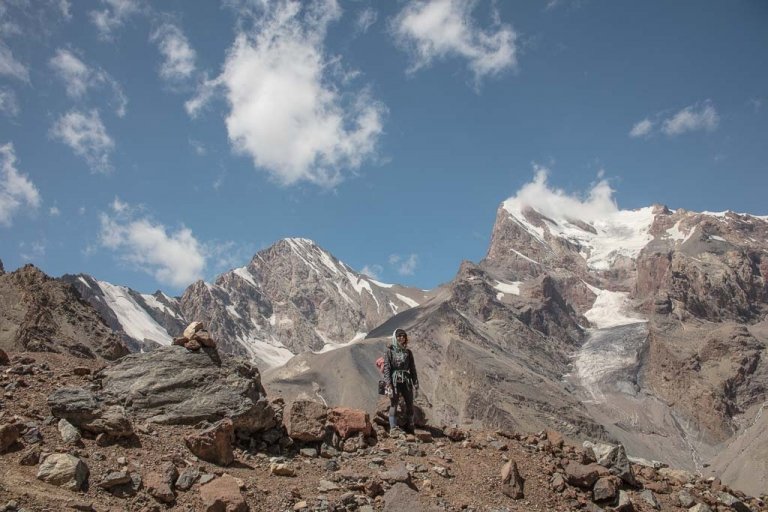
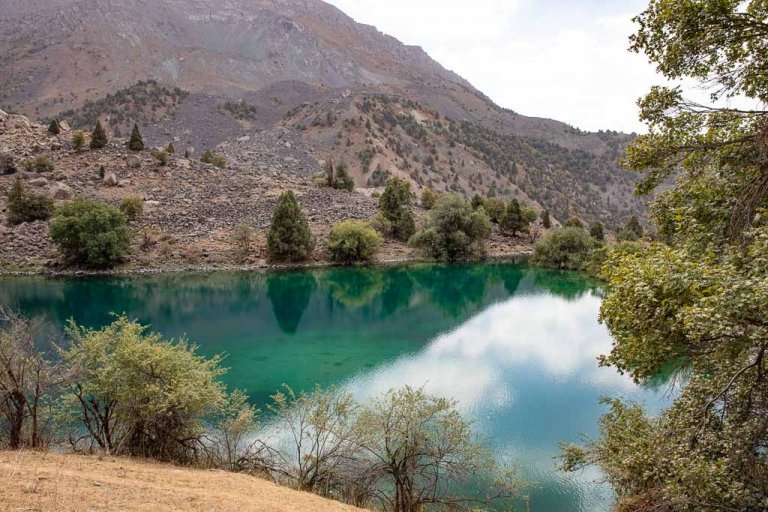
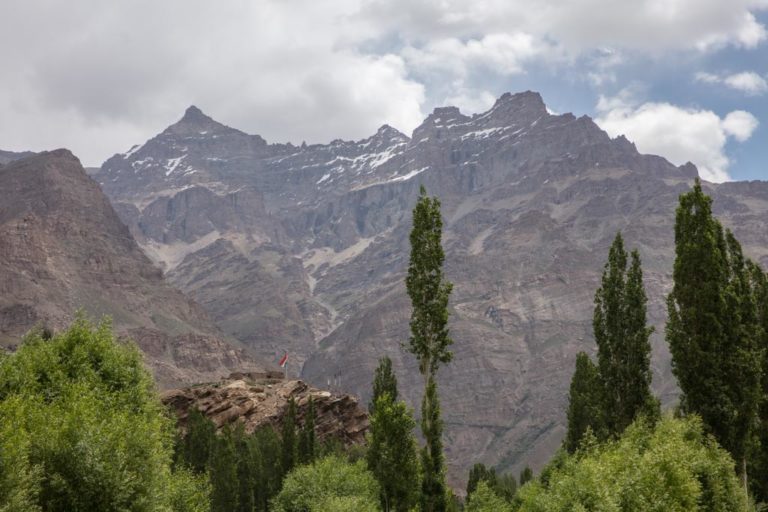
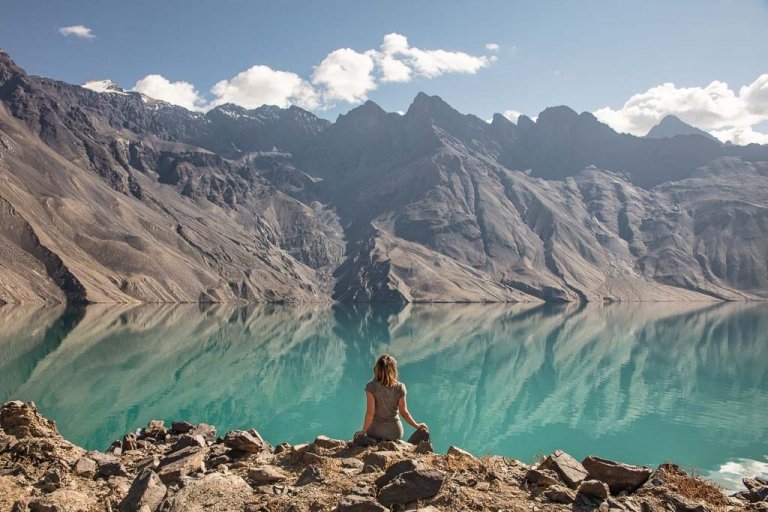
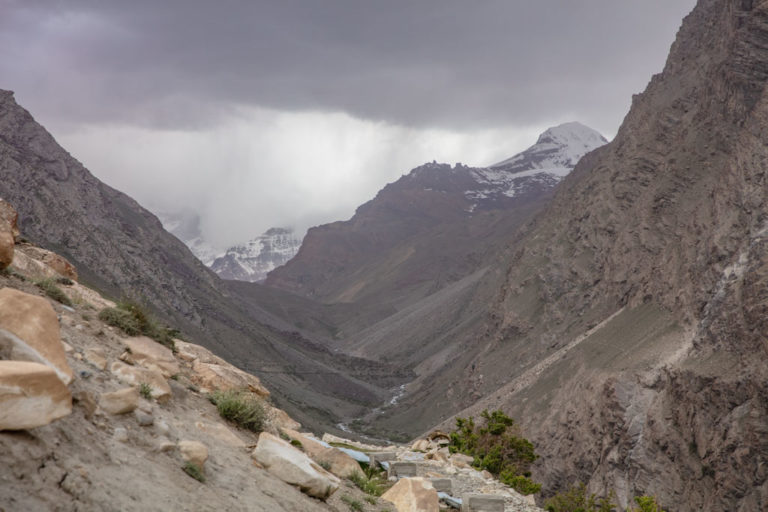
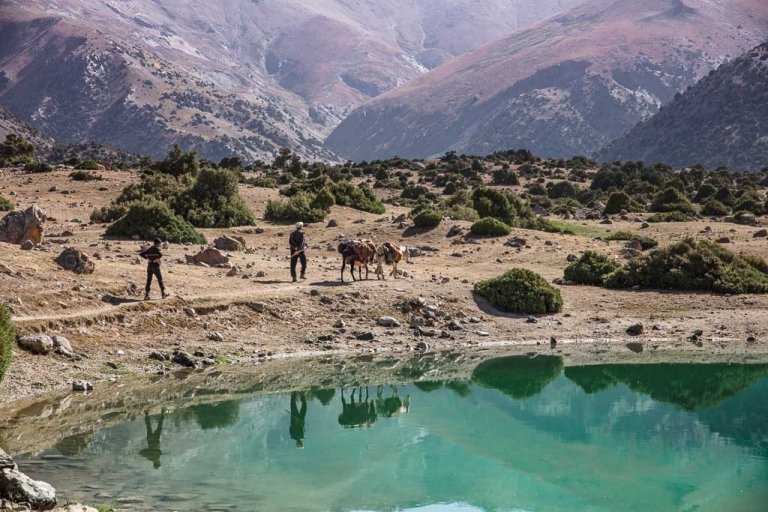
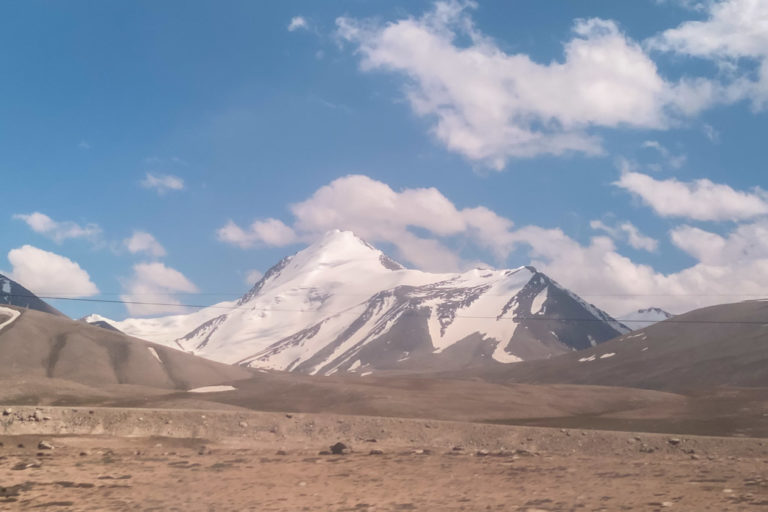
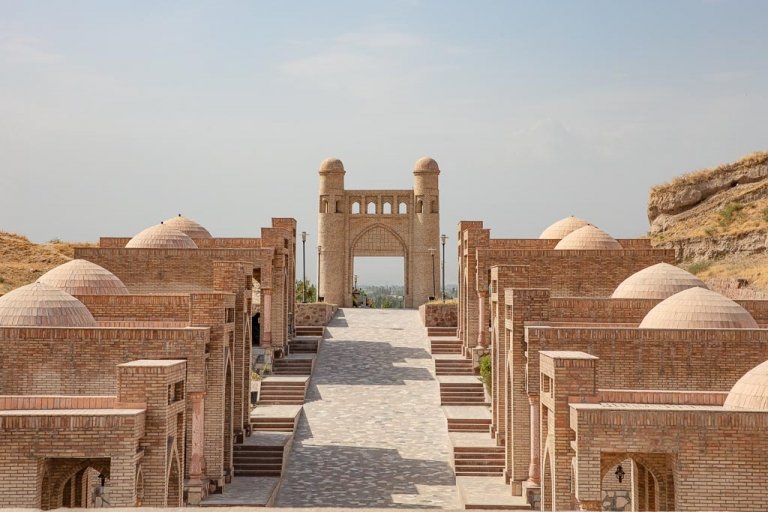
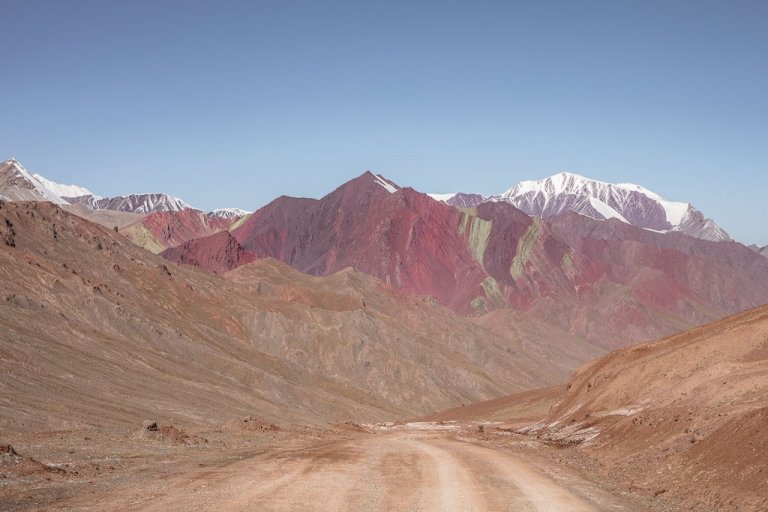
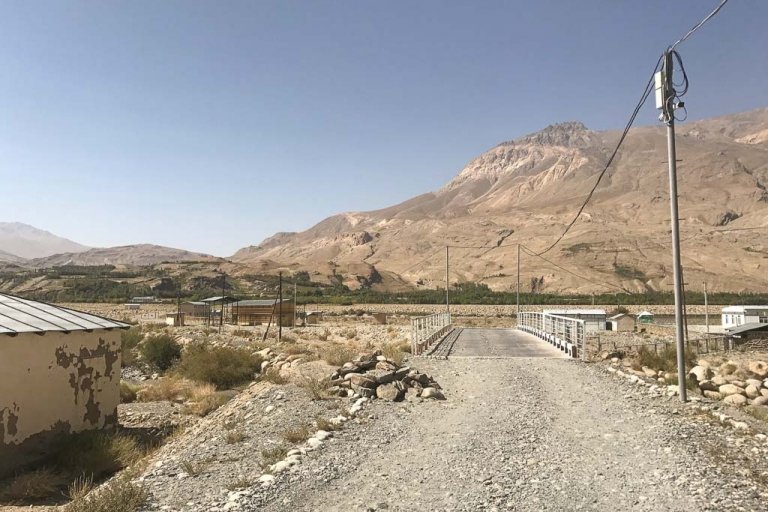
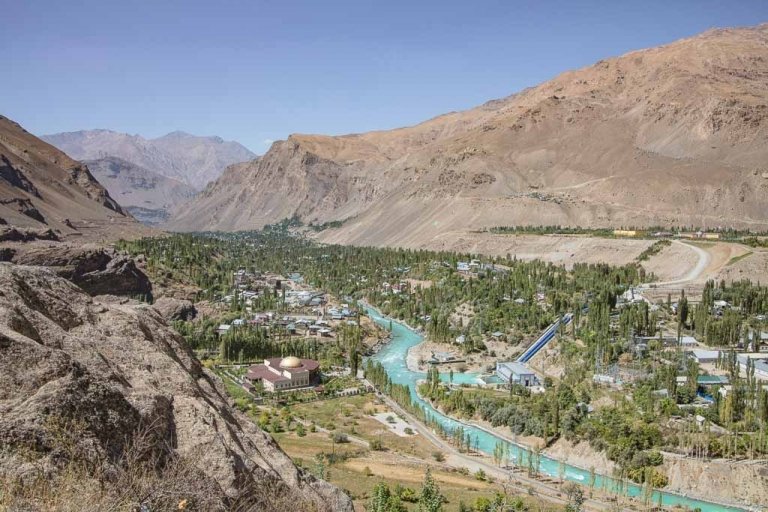
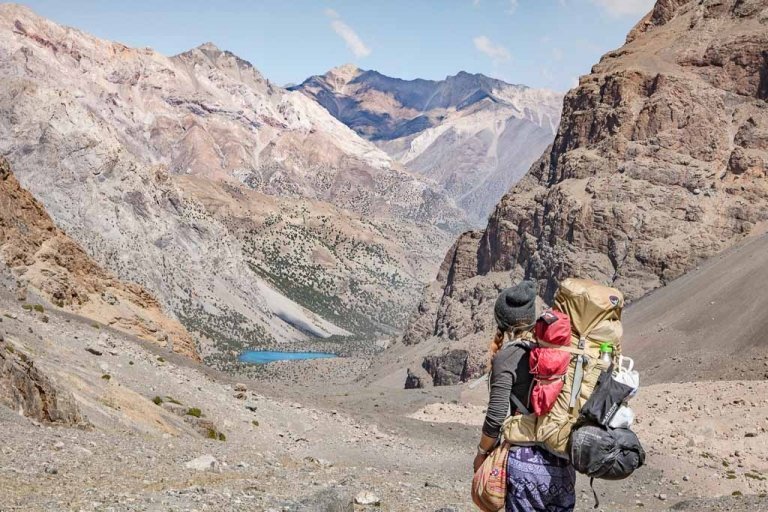
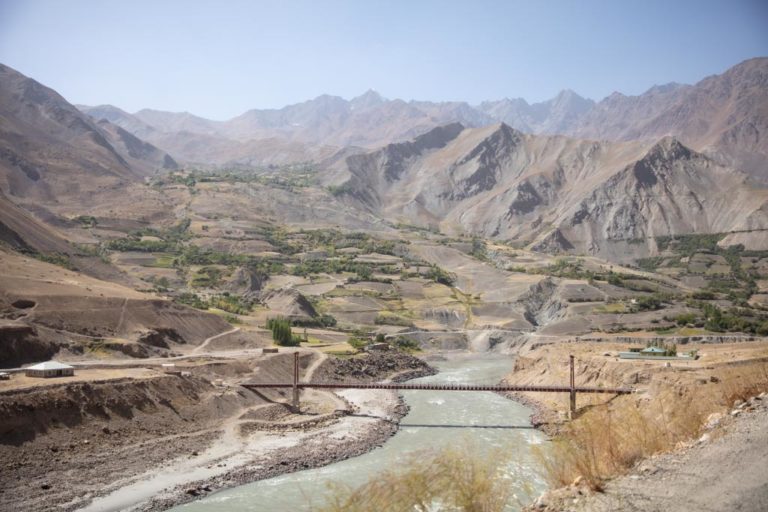
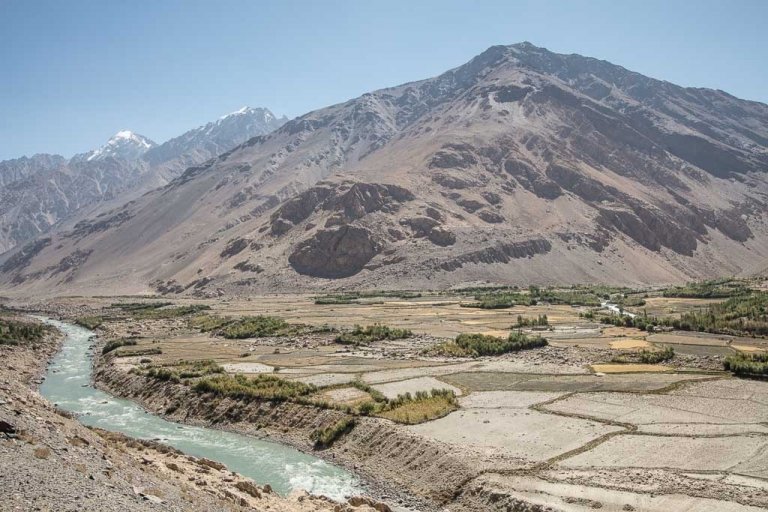
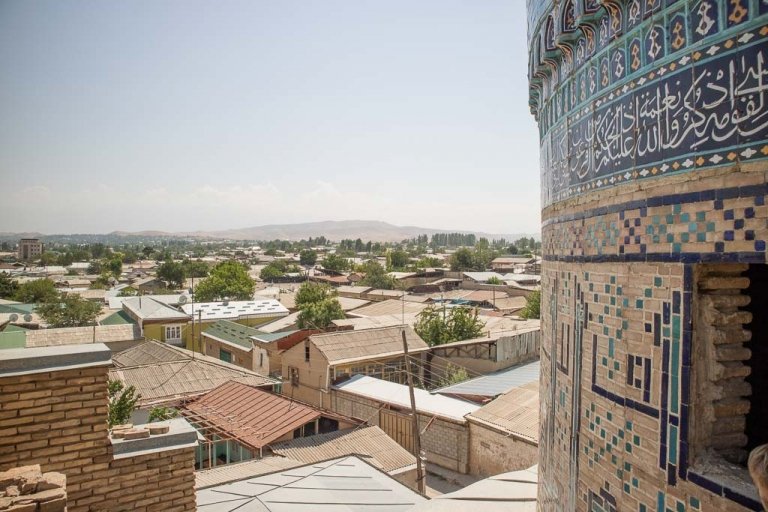
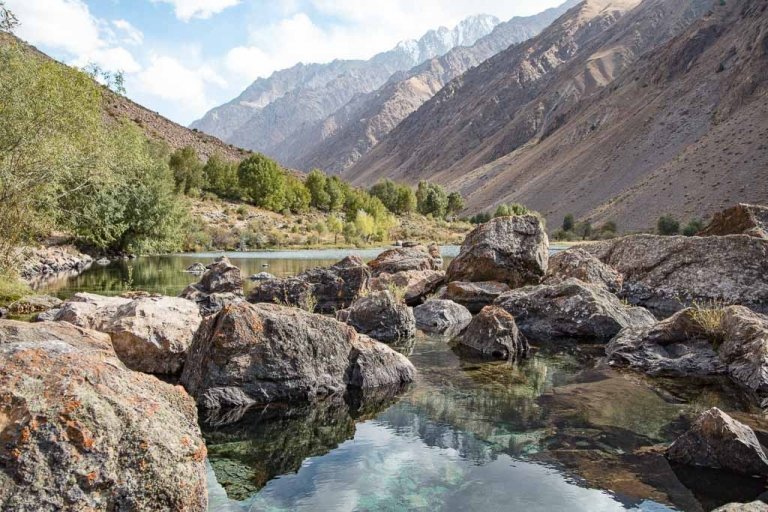
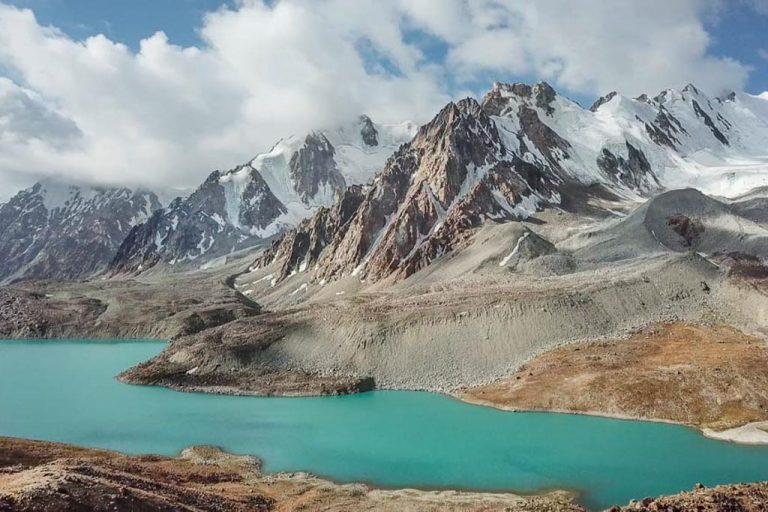
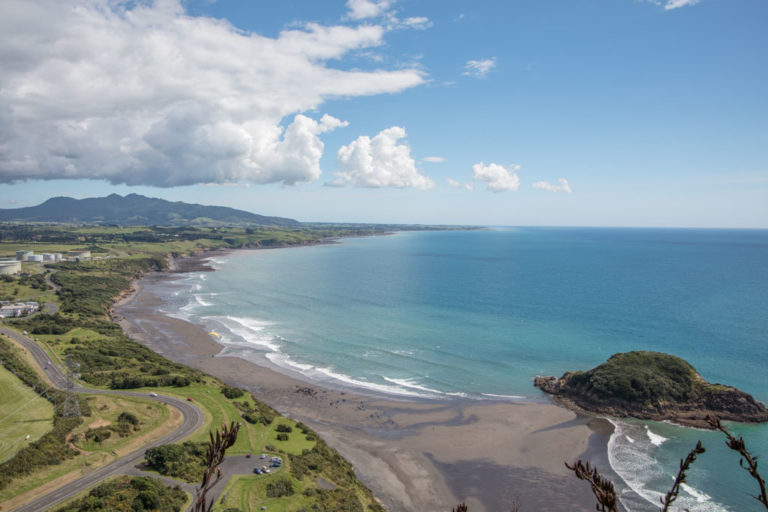
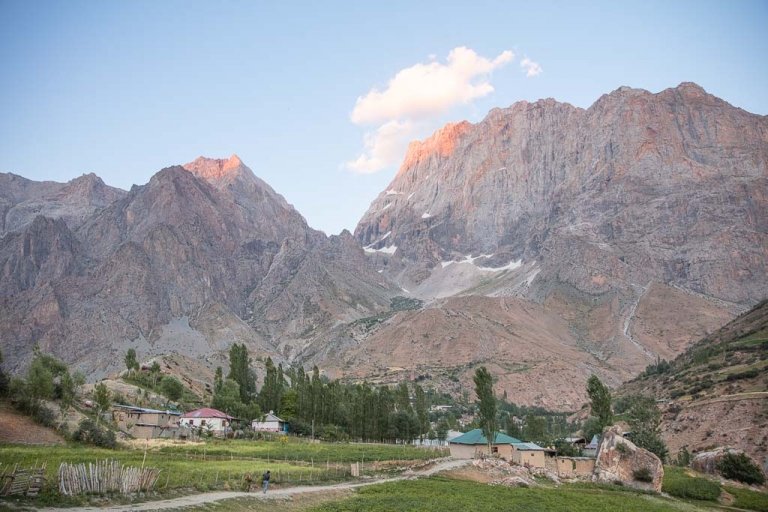
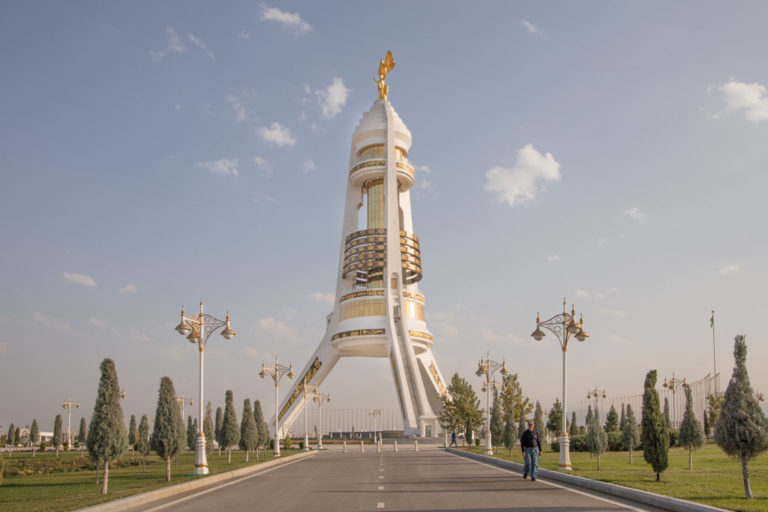
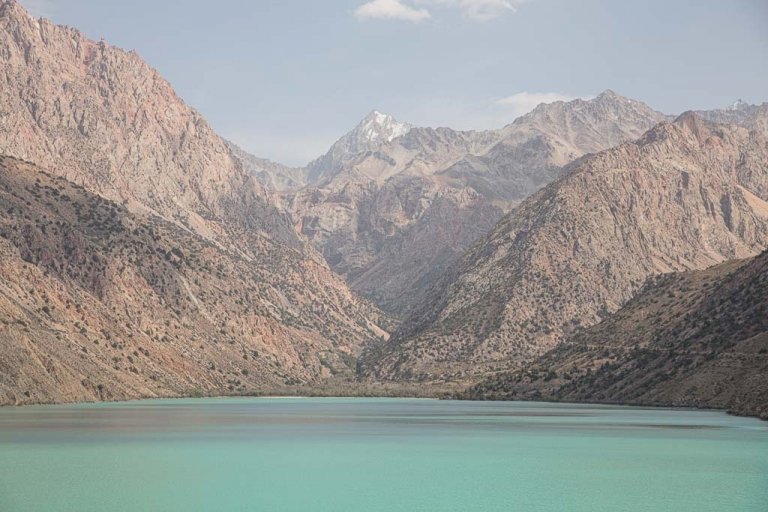
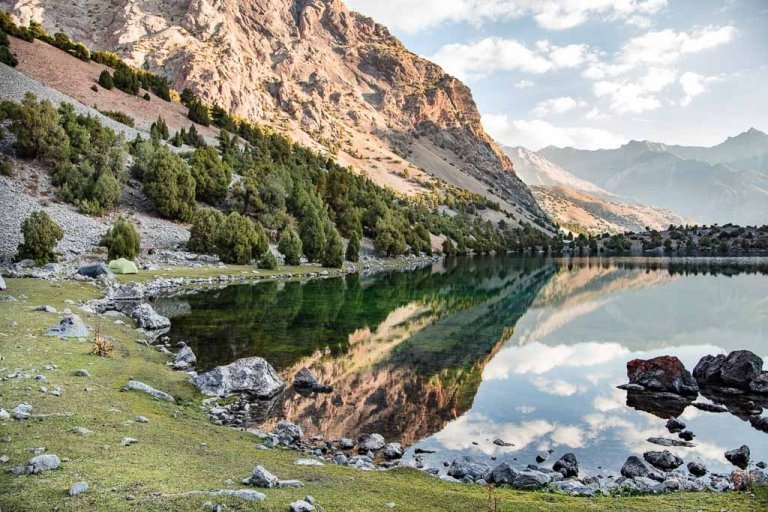
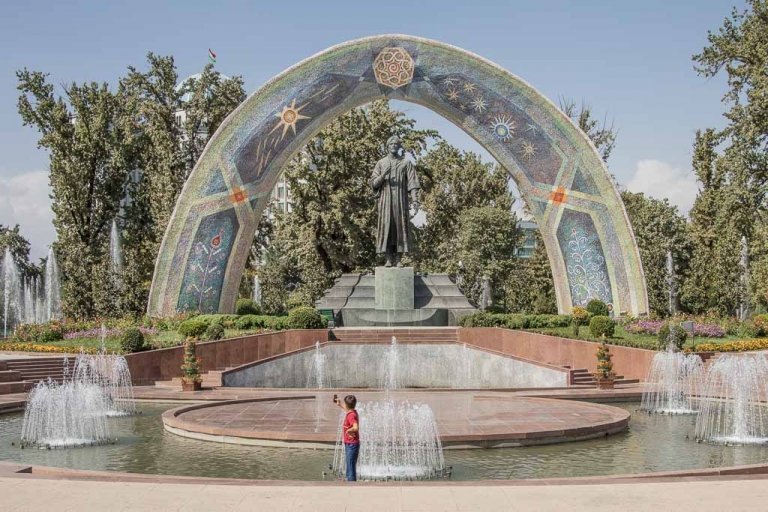
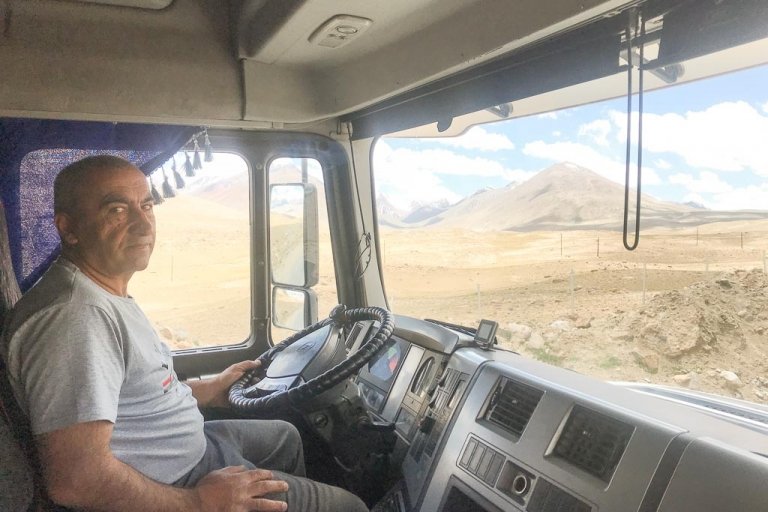
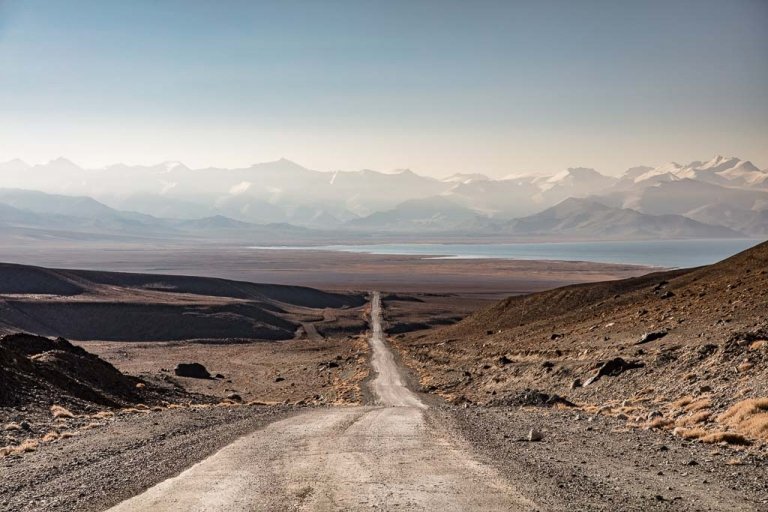
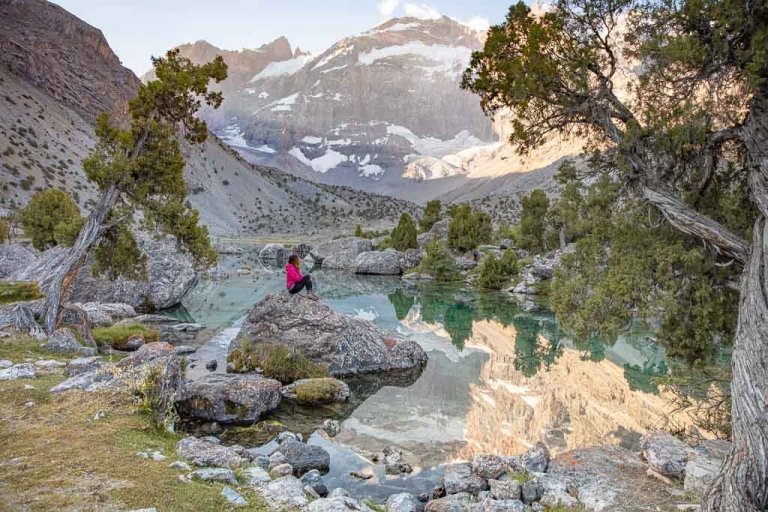
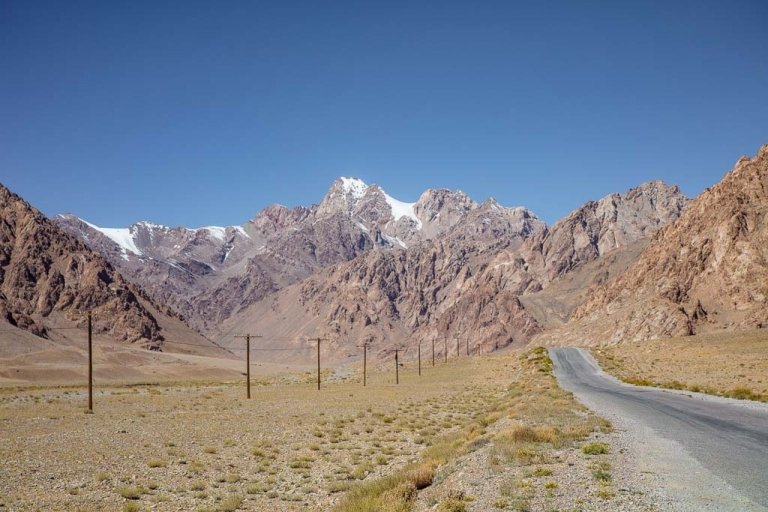
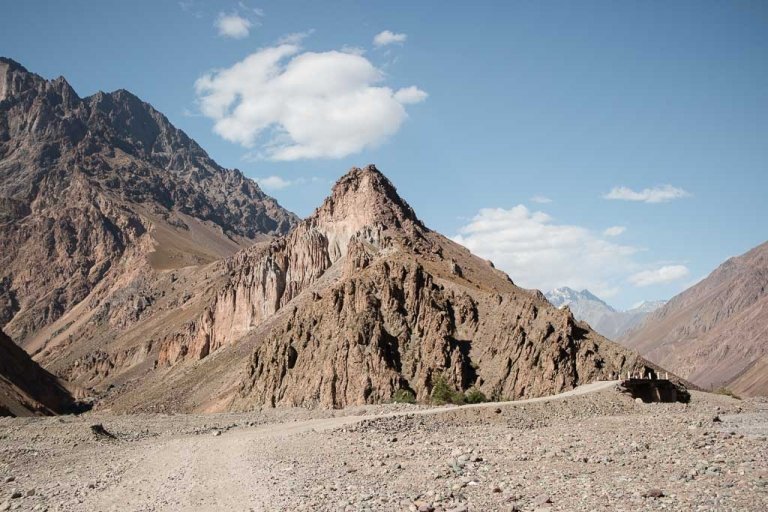
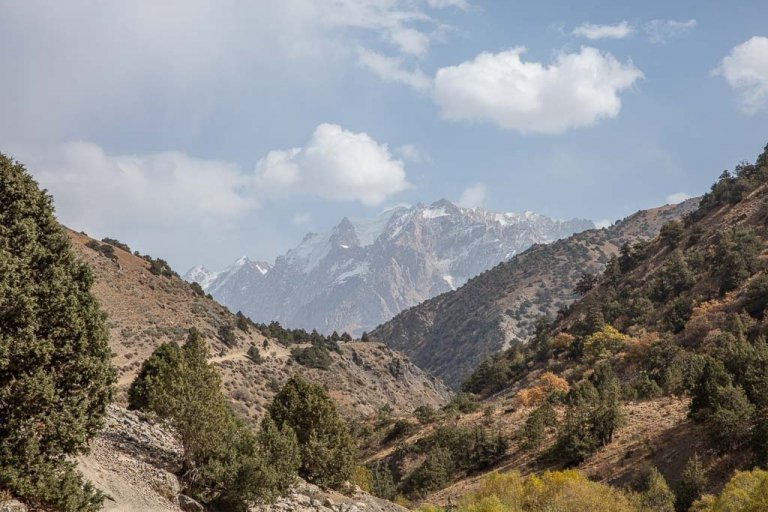
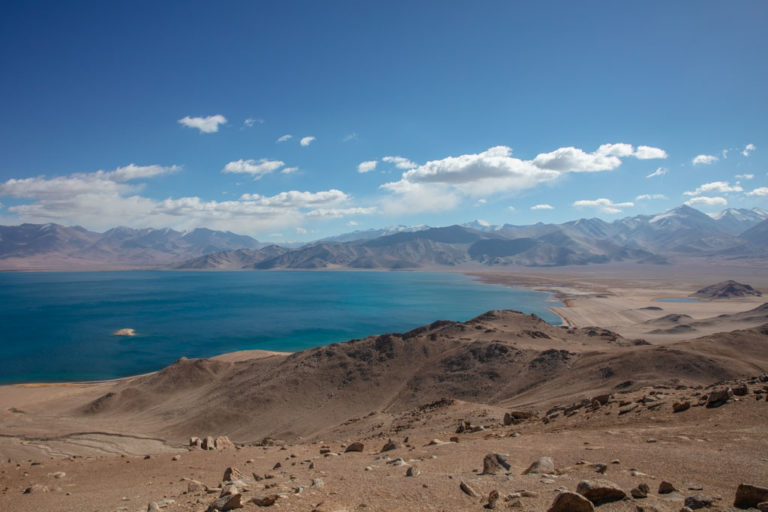
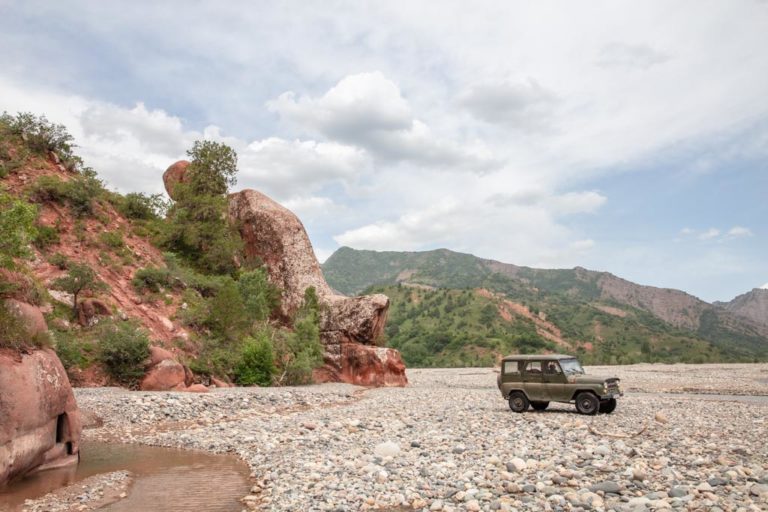

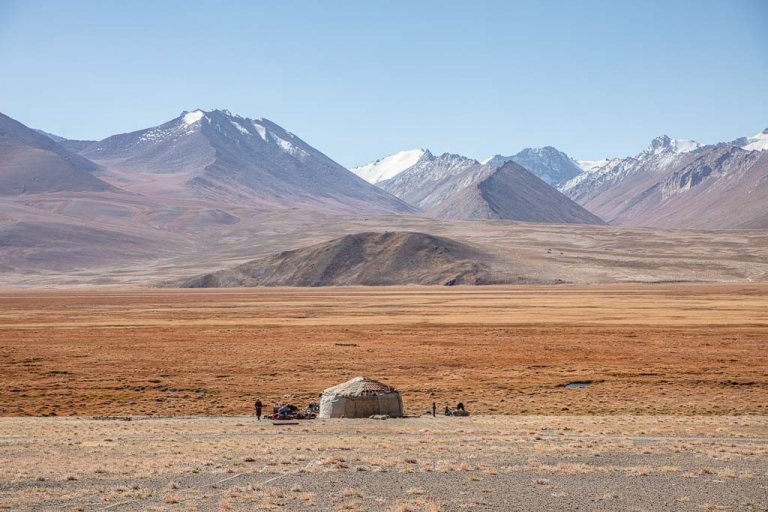
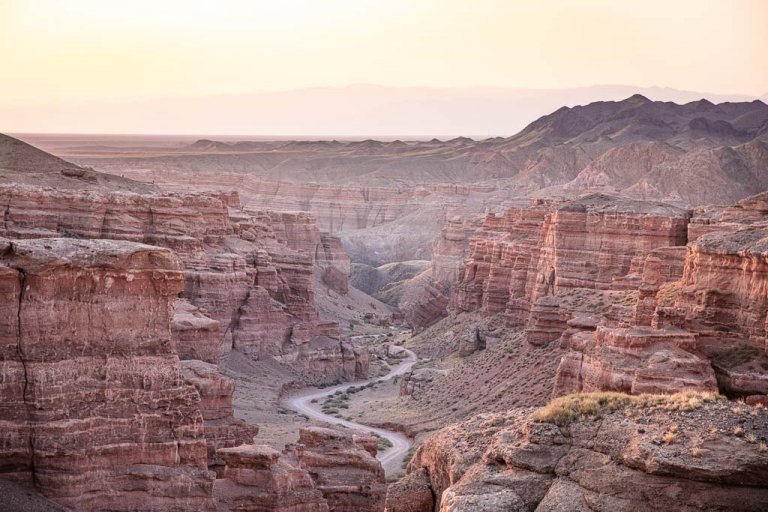
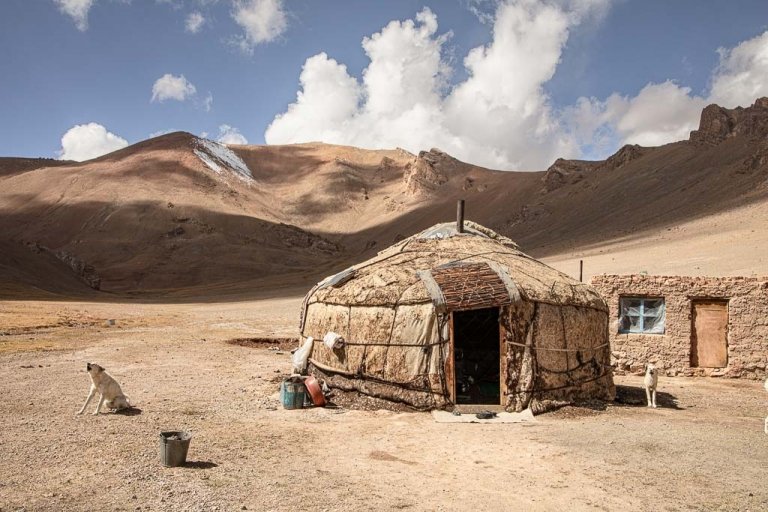
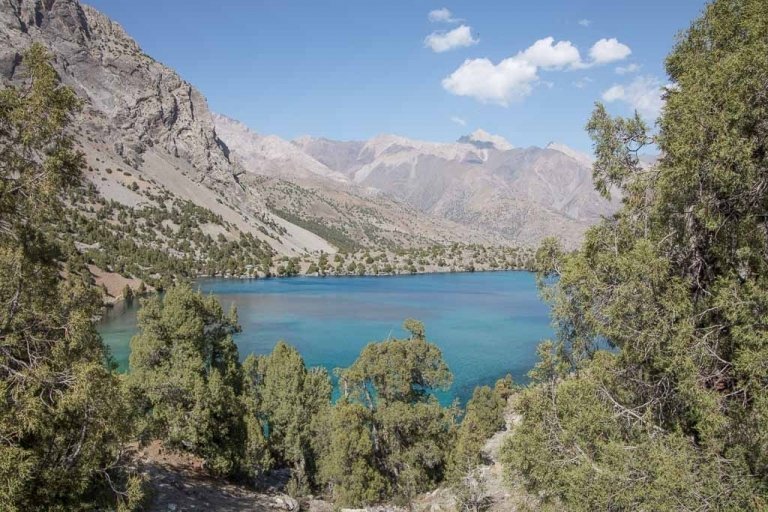
Hello! Thanks for the posts. Do you think if the Mats pass would be rideable on a mountain bike? I have research some people who rode the bikes to Jelondy, but maybe I can try Mats pass
Hey Carlos, My friend Alovaddin just got back to me on Mats Pass. I haven’t hiked it myself and neither has he yet but he did send this blog (I haven’t looked myself but I believe its in German so he said to use google translate) anyway, he mentioned that it sounded challenging from this post, so it should be worth a look to determine if you want to try it https://bike-pamir.blogspot.com/2010/10/uber-gewesene-pisten-zur-wakhan-range.html?fbclid=IwAR1gR6m5_YzP67nEL1WlprXaFKx5_5lSLizEF7XQ51hLzLIkmCW15TwNQTo